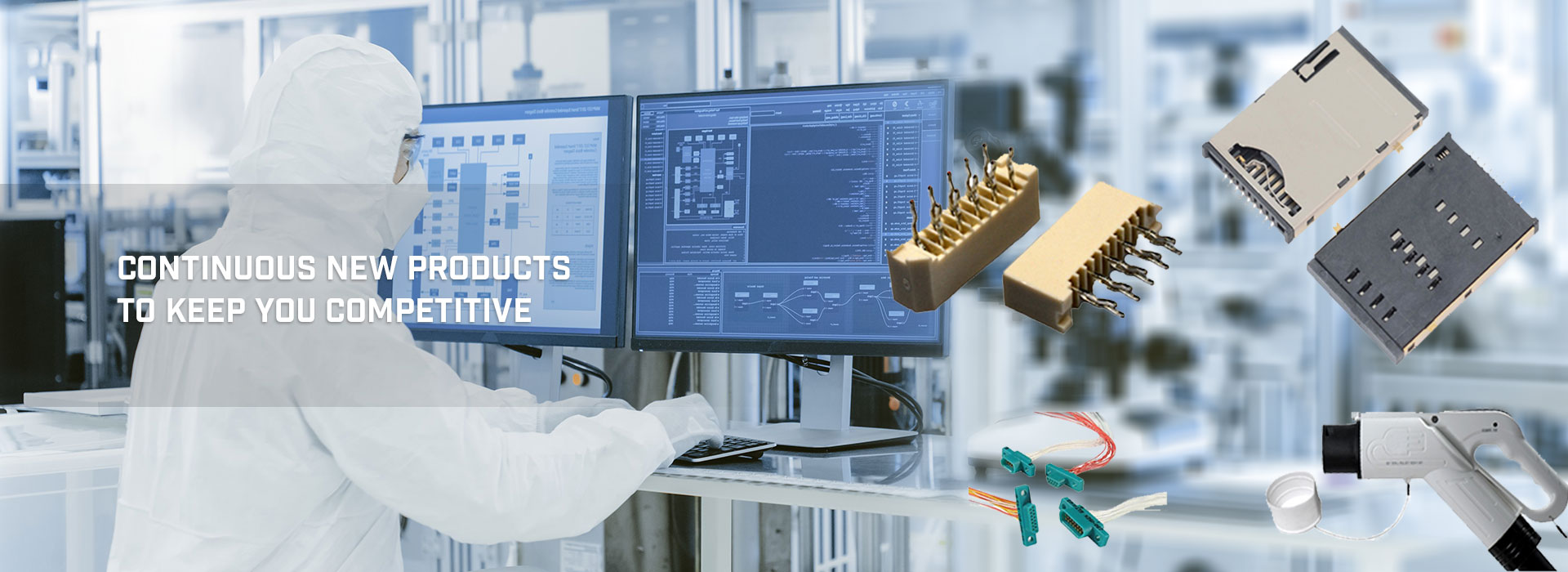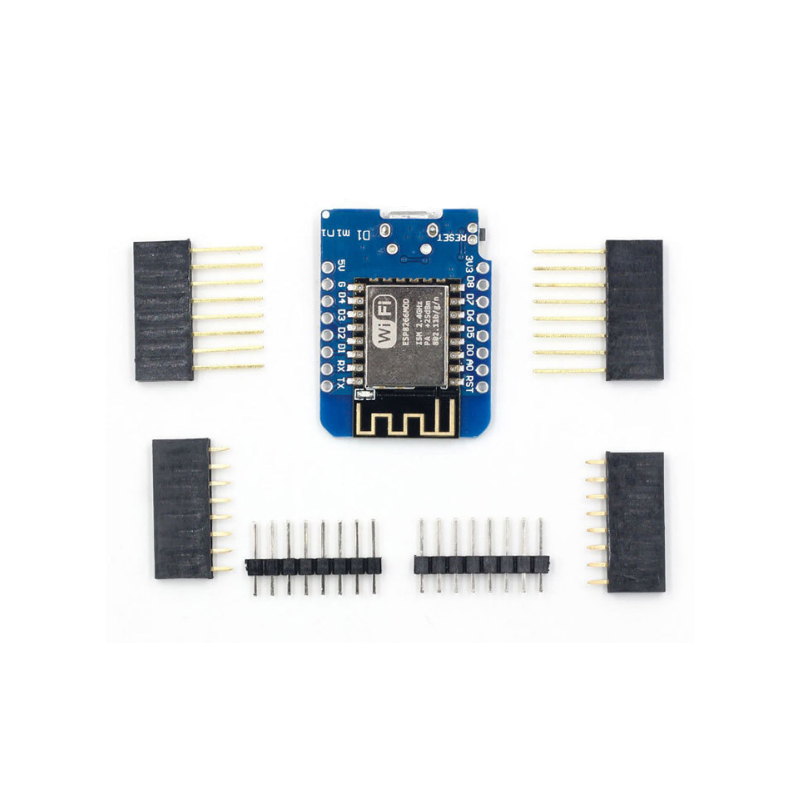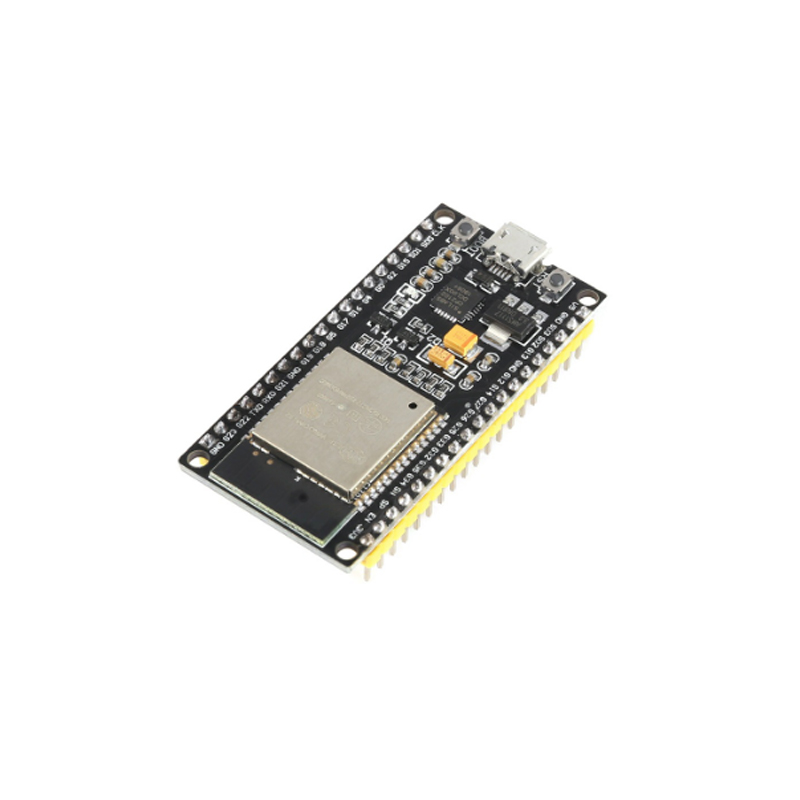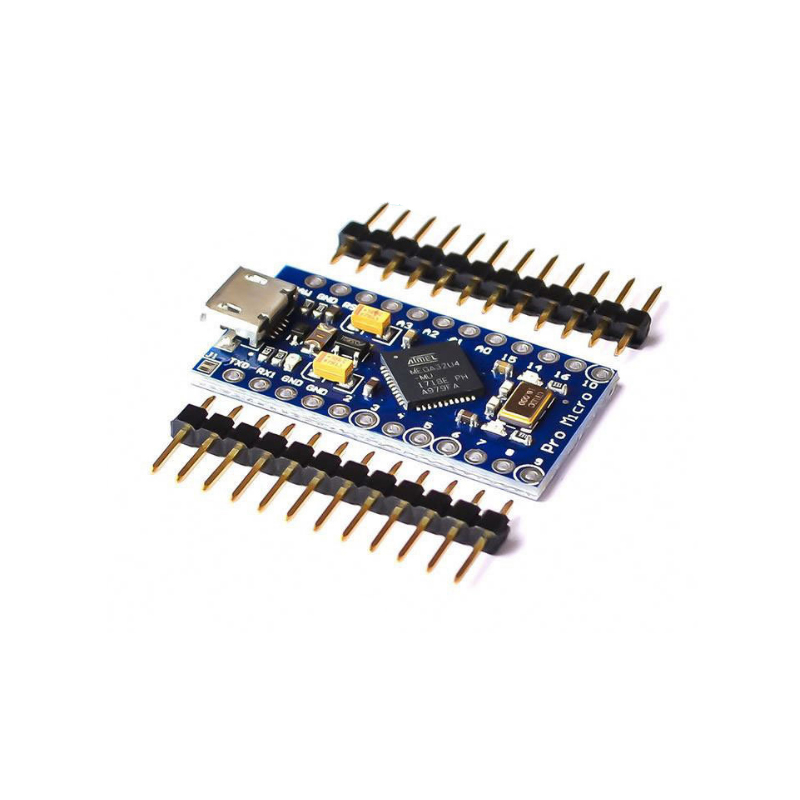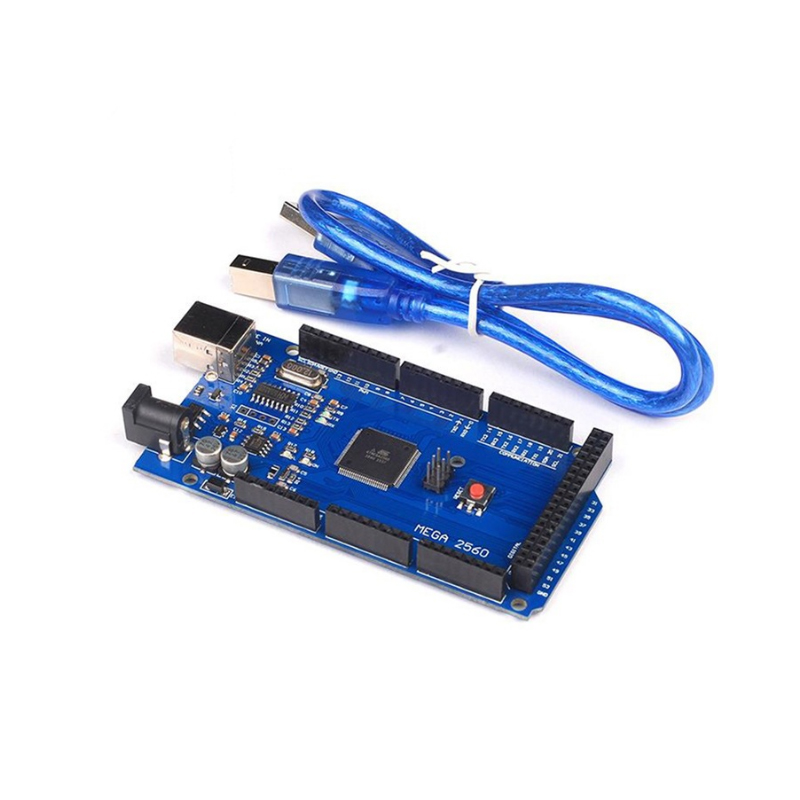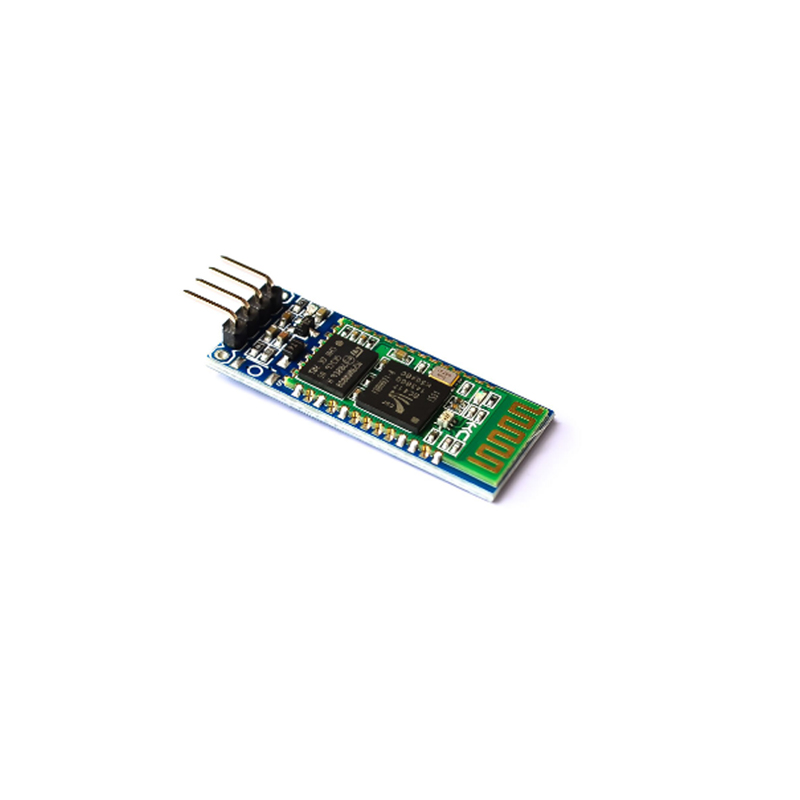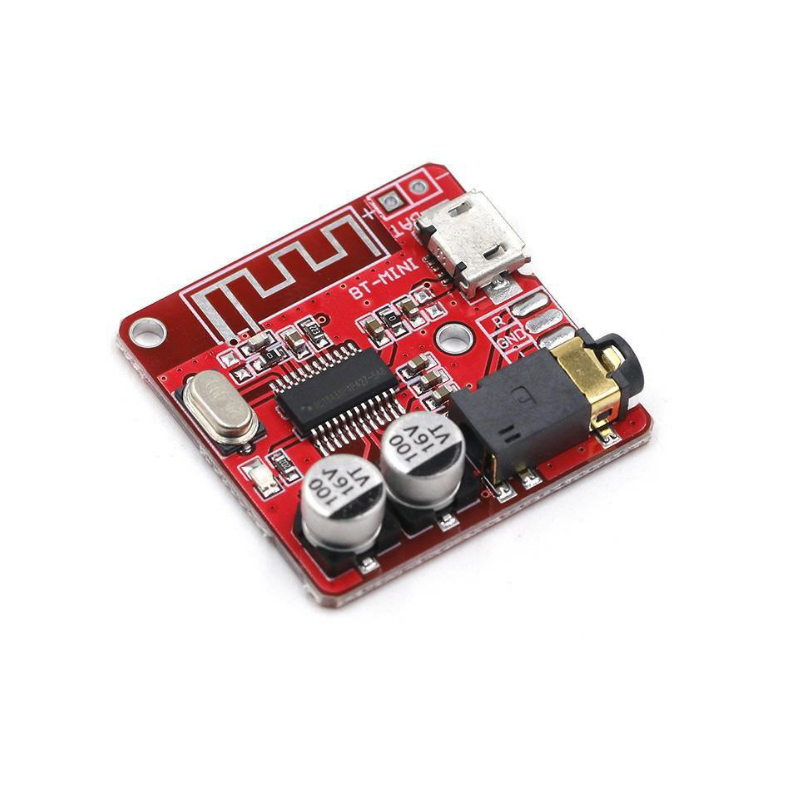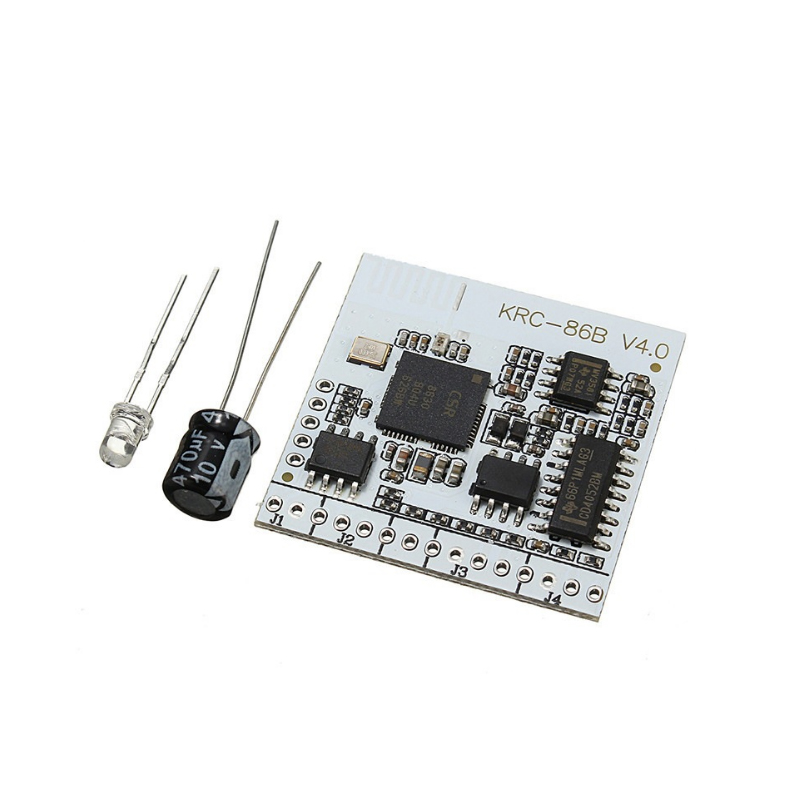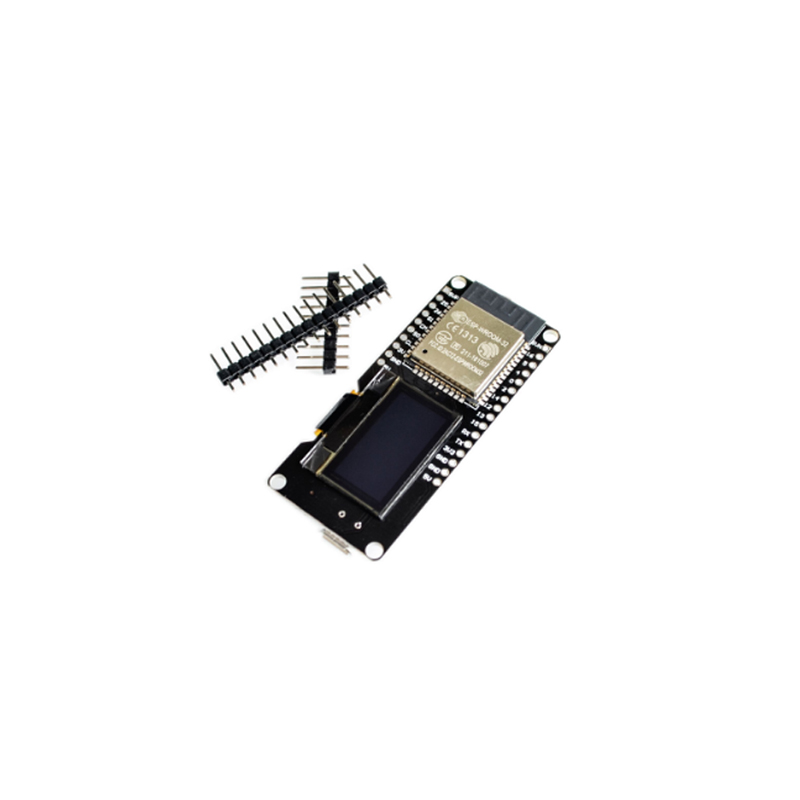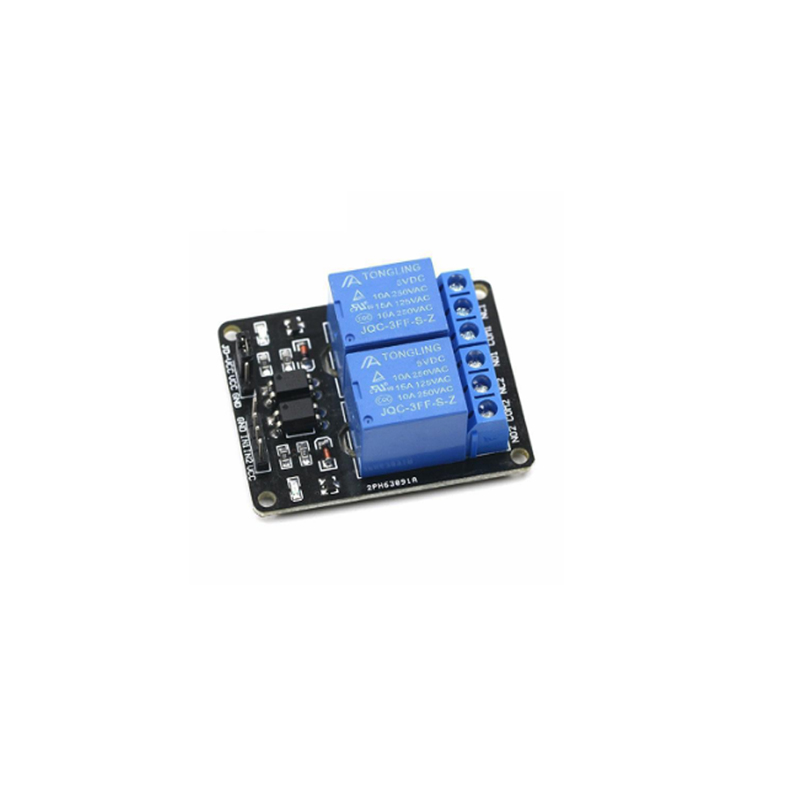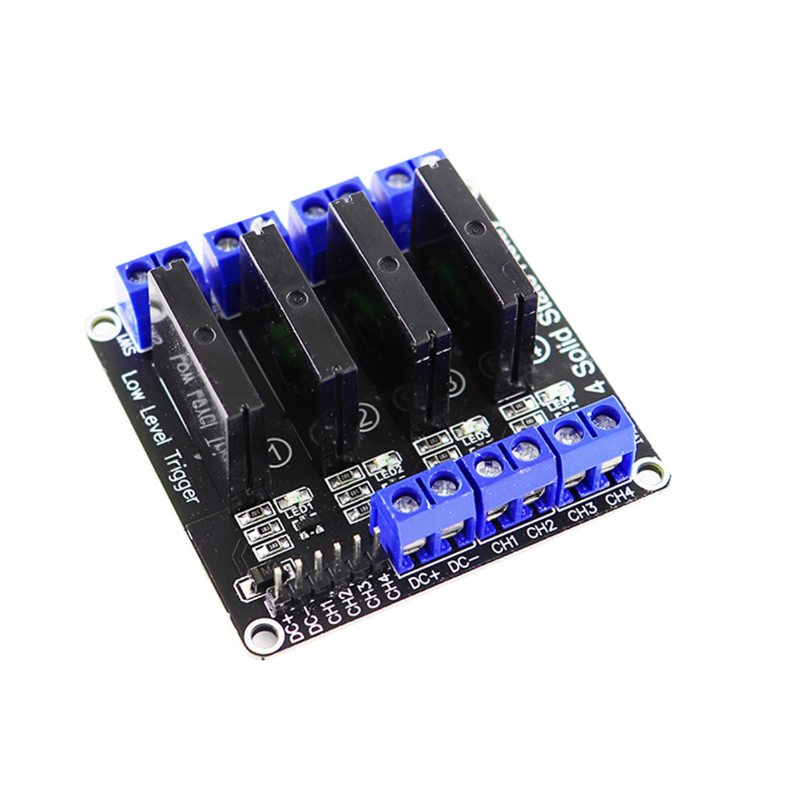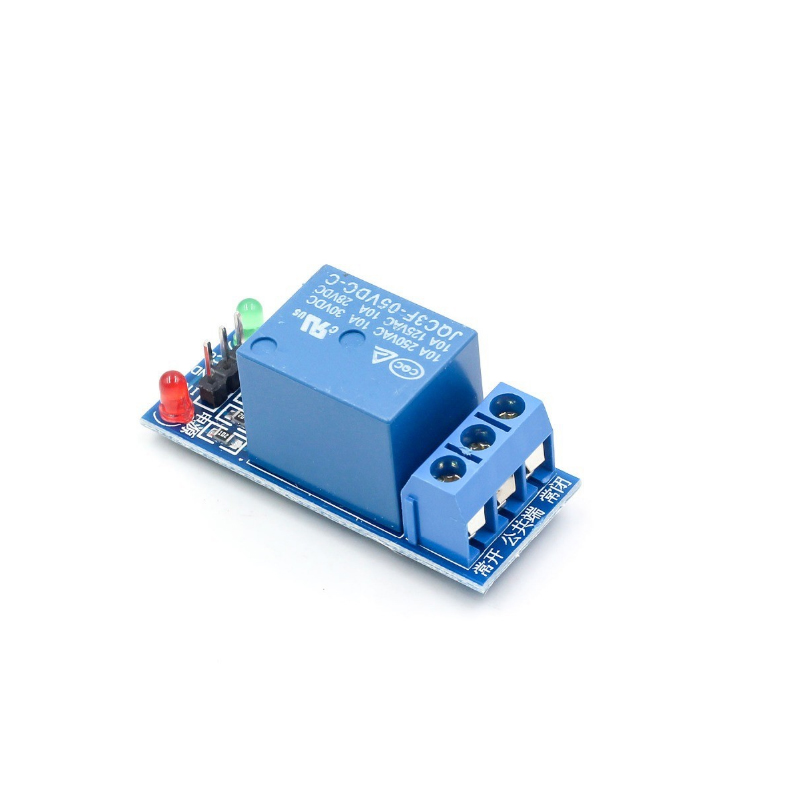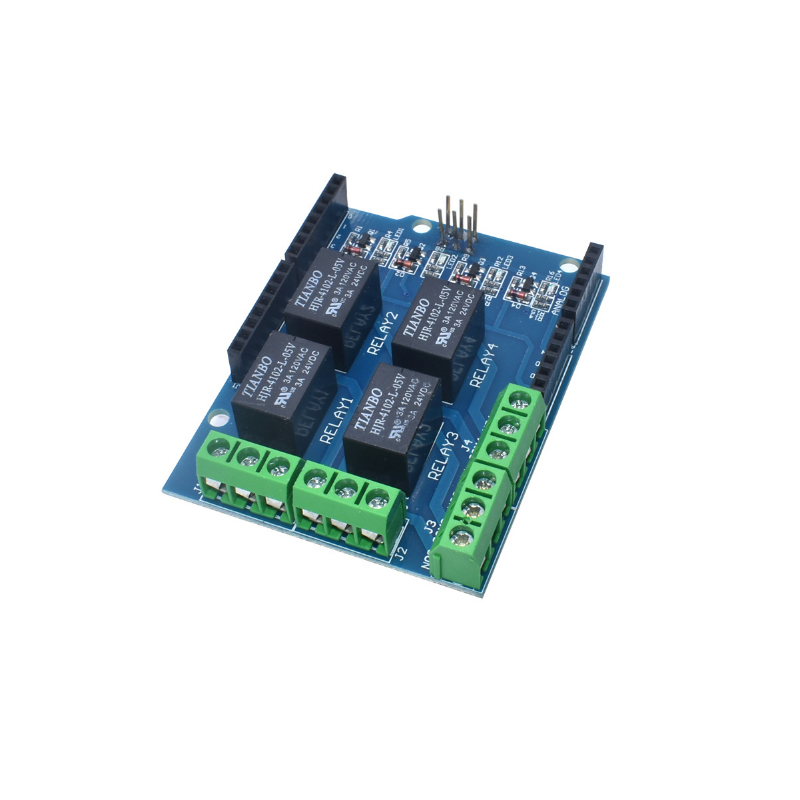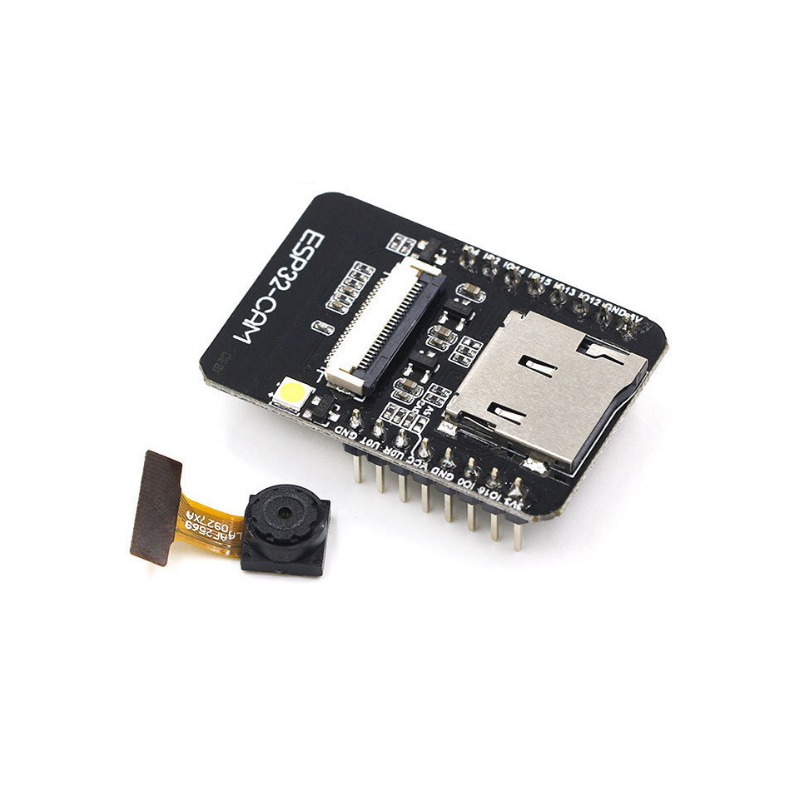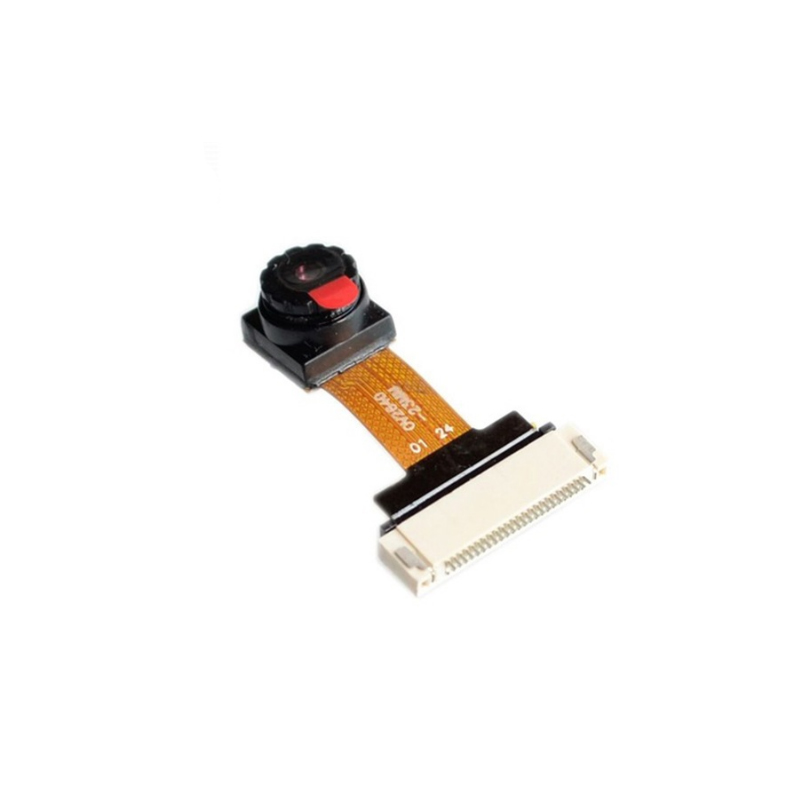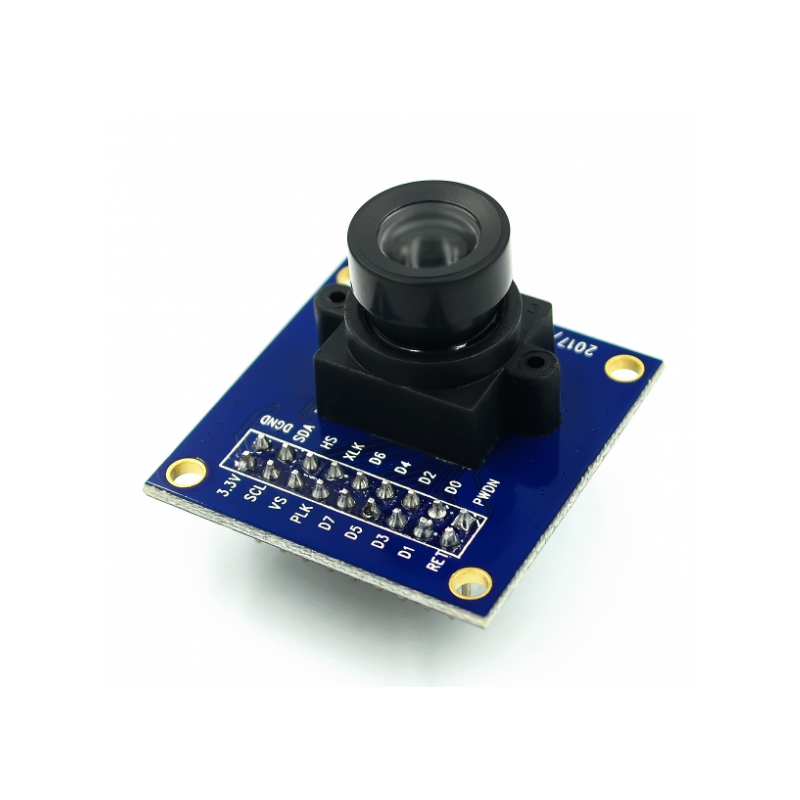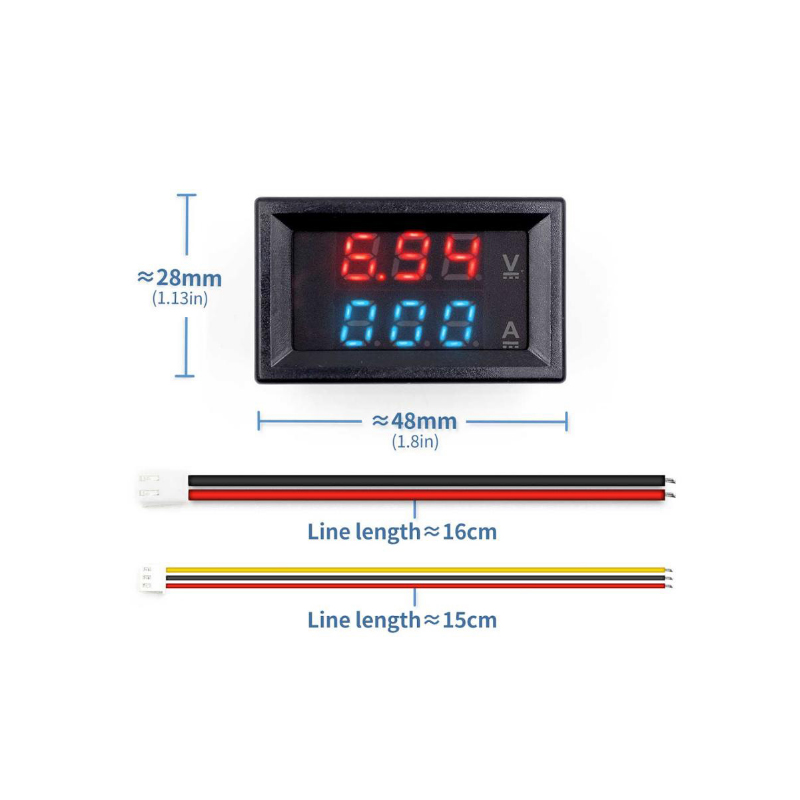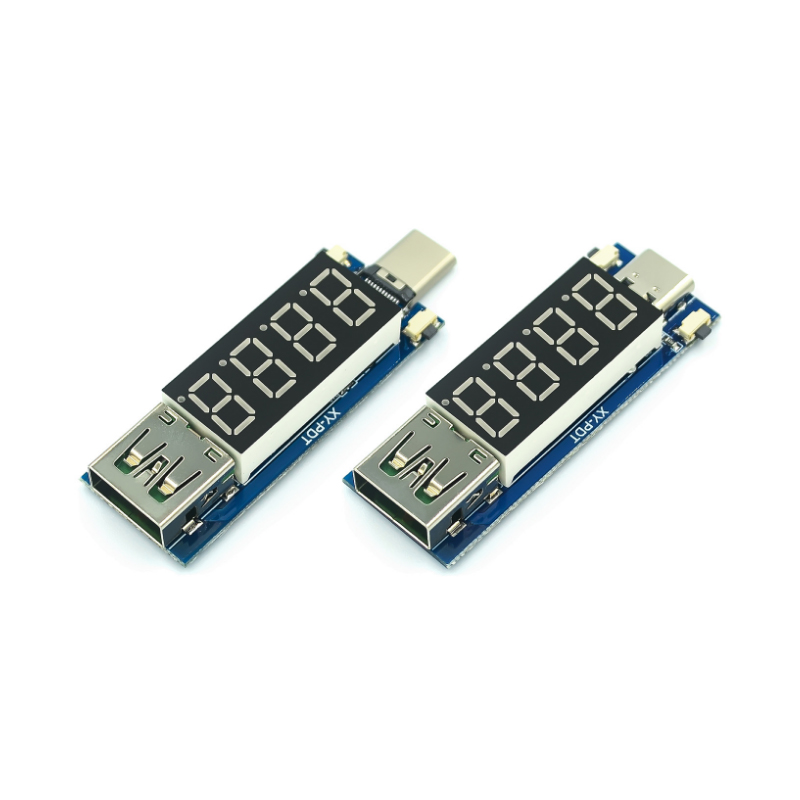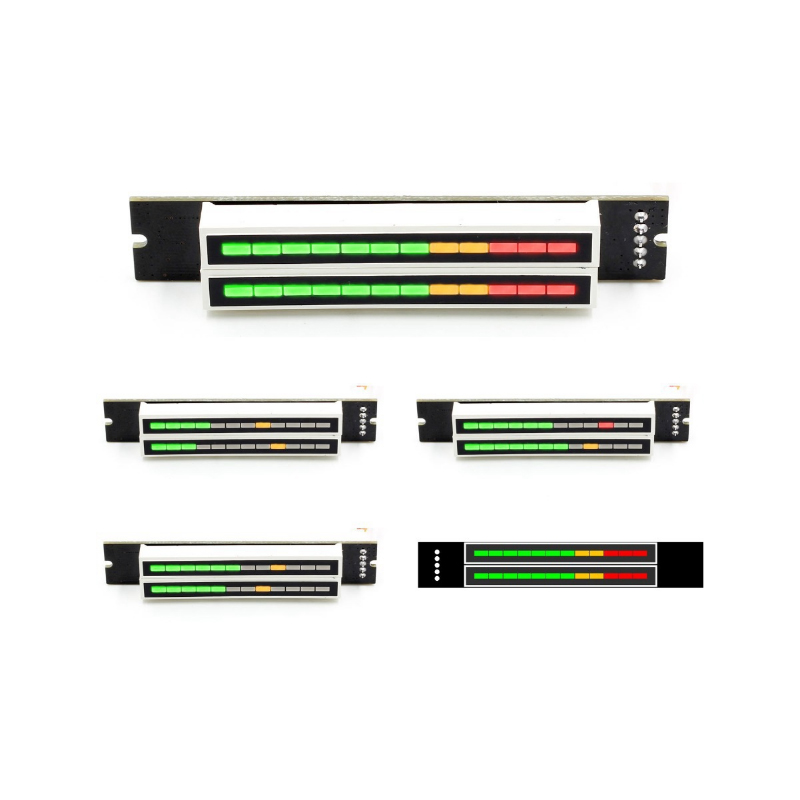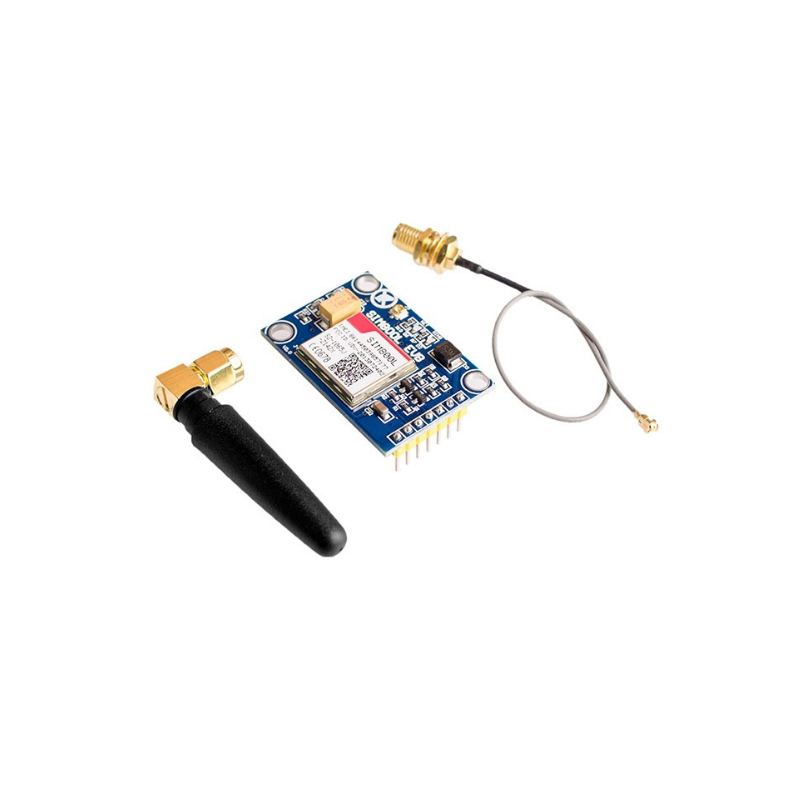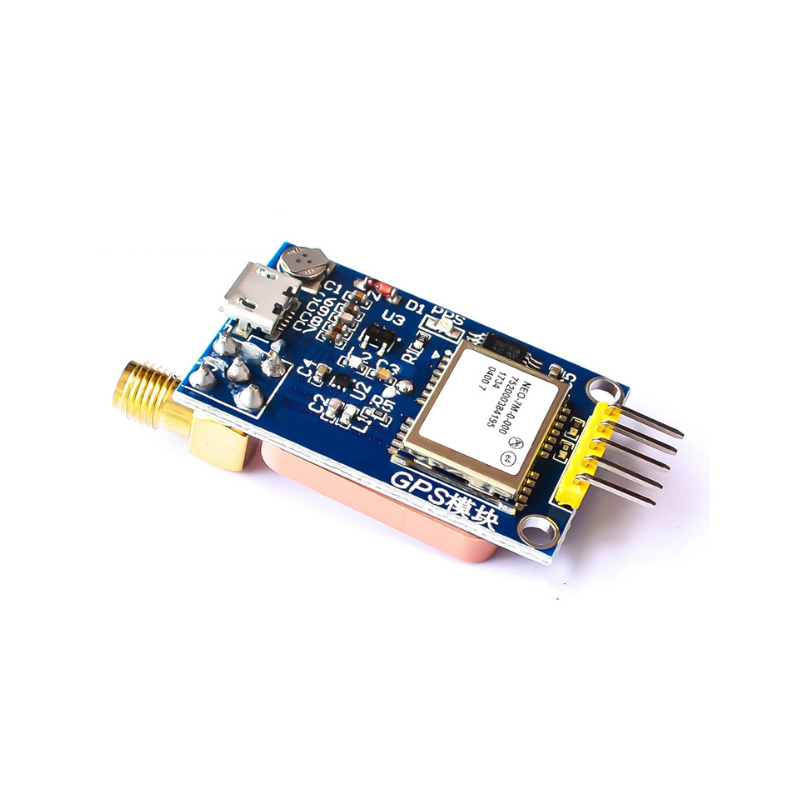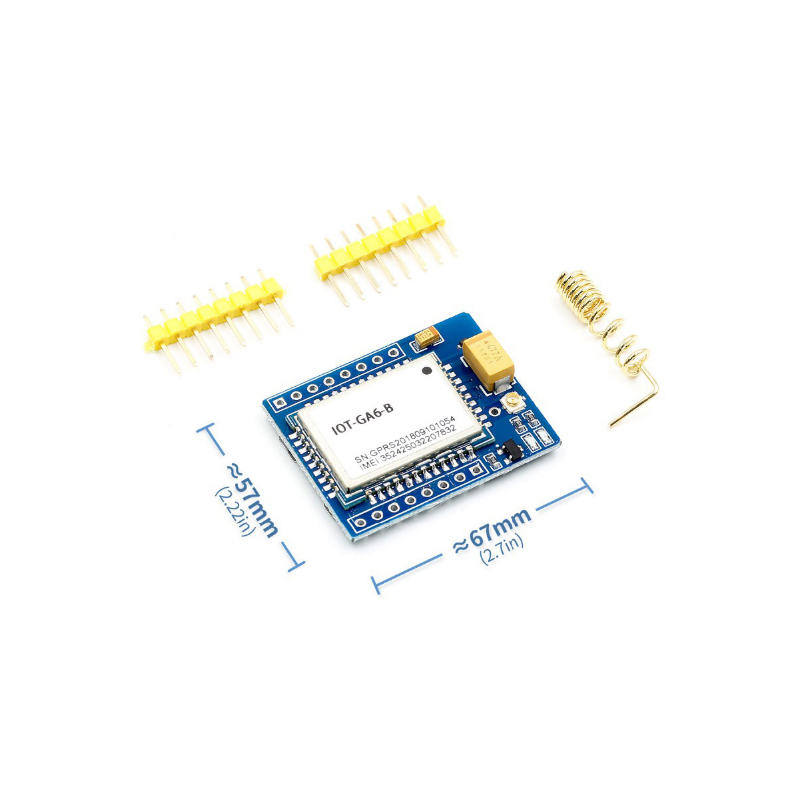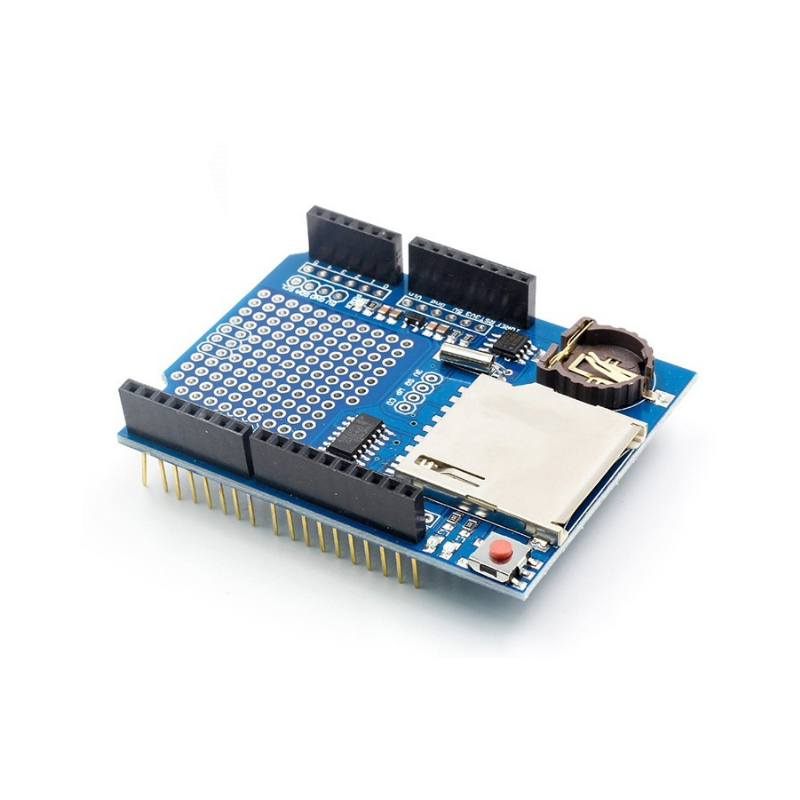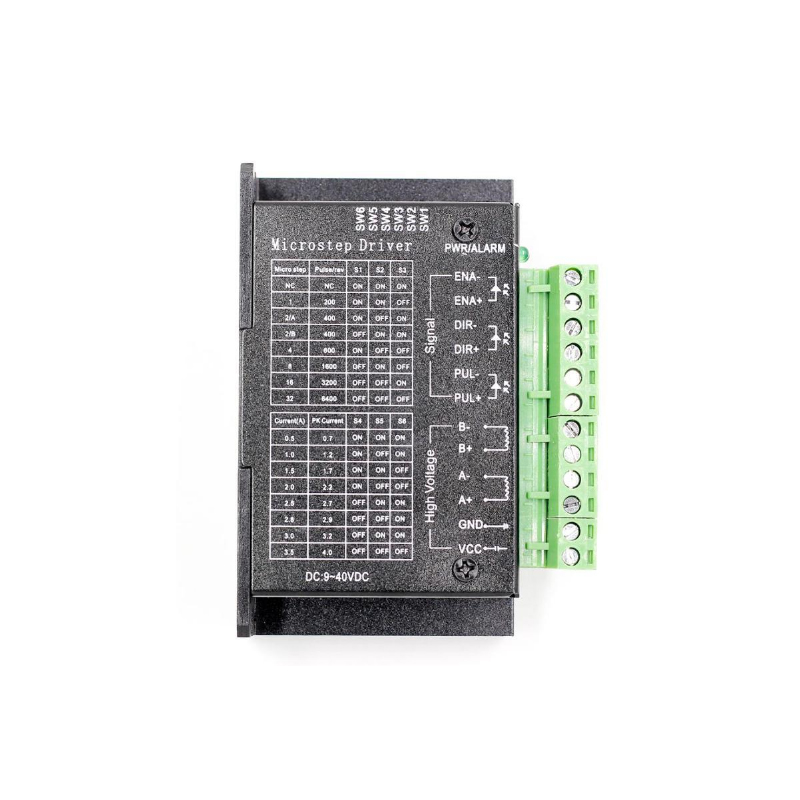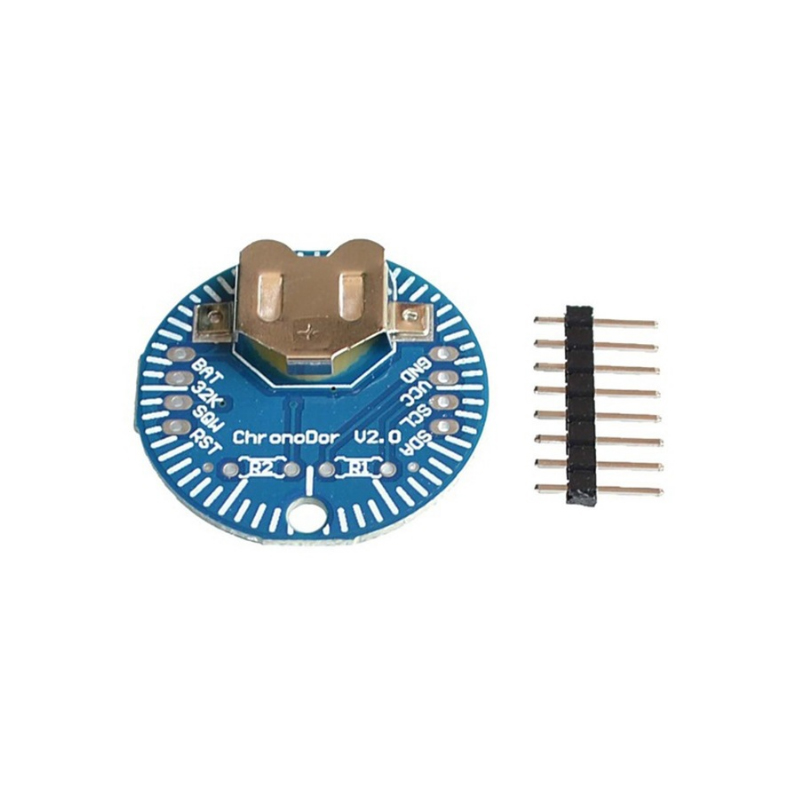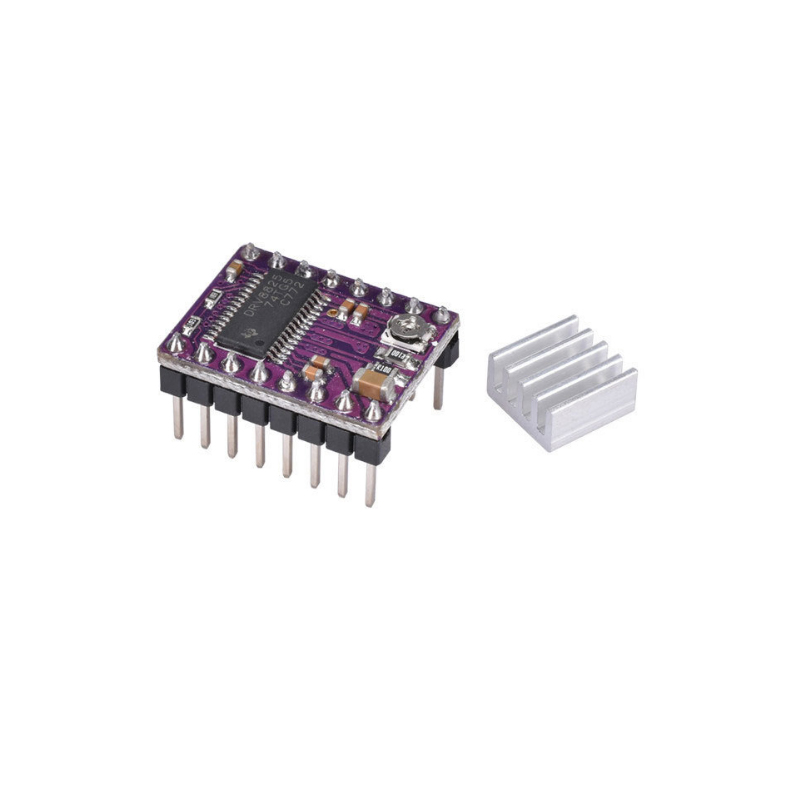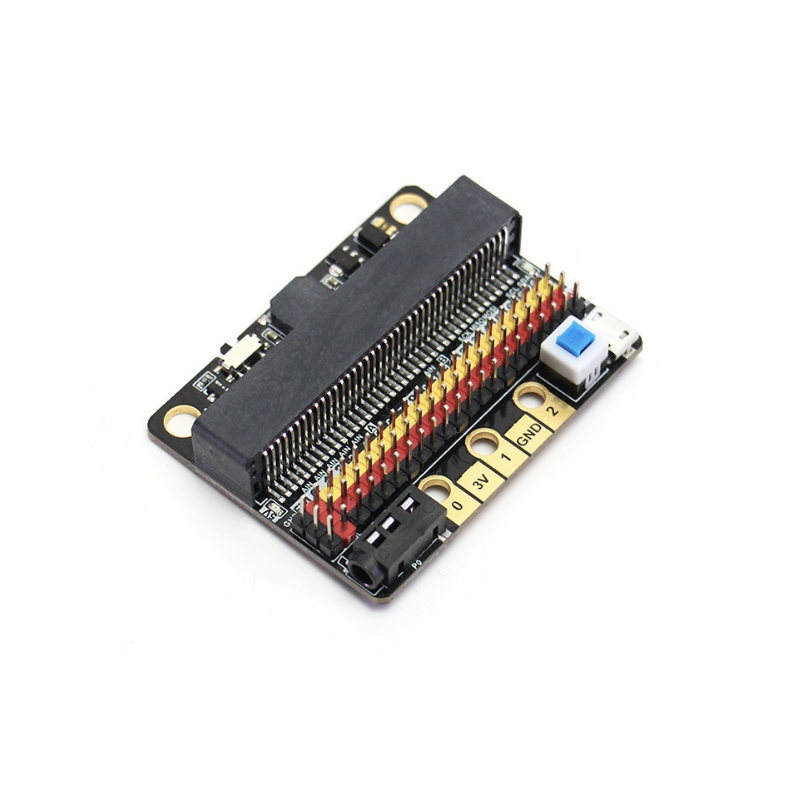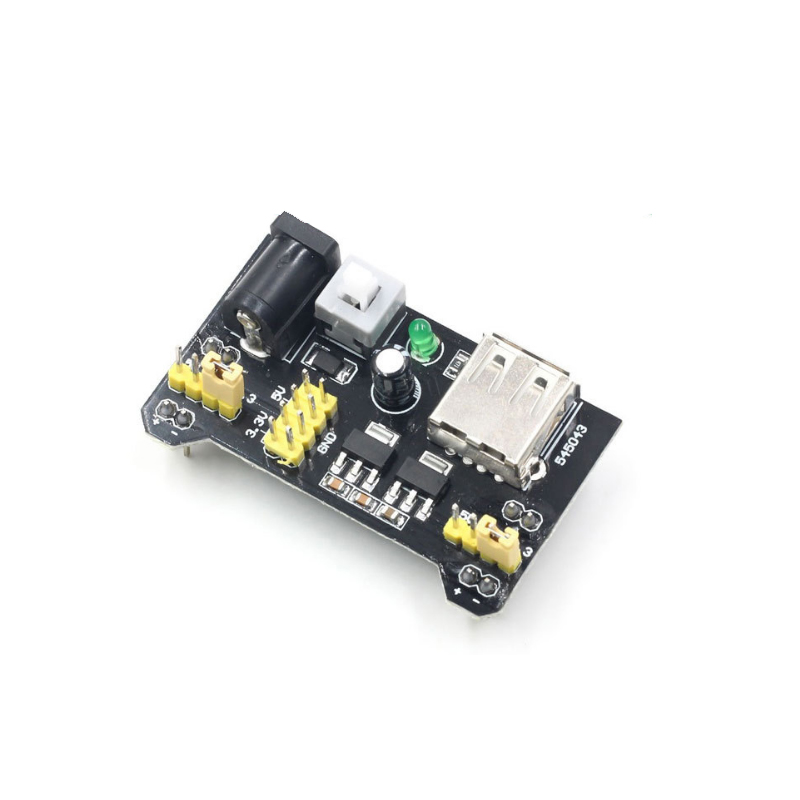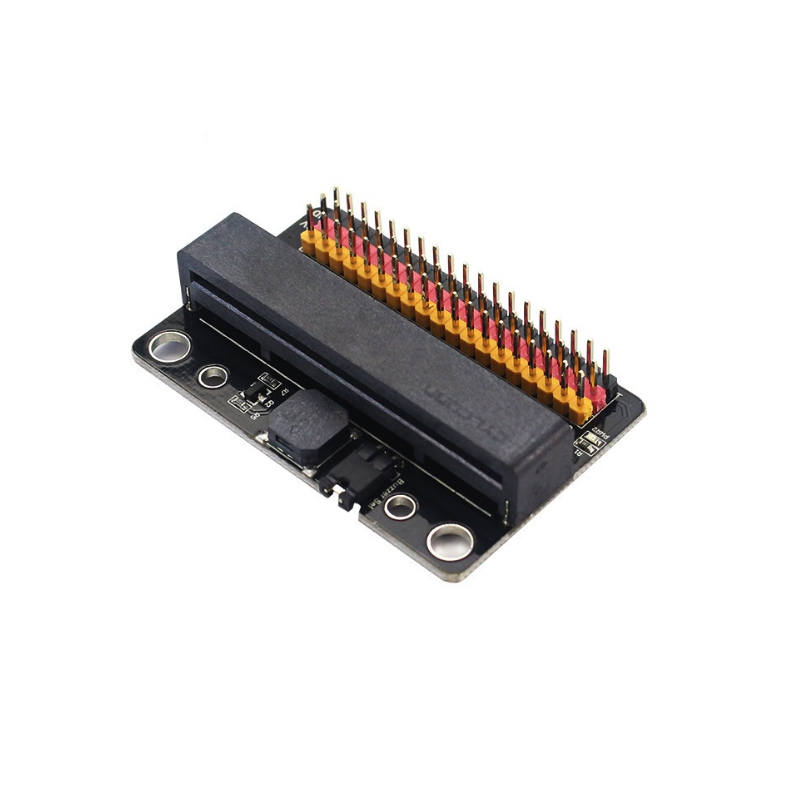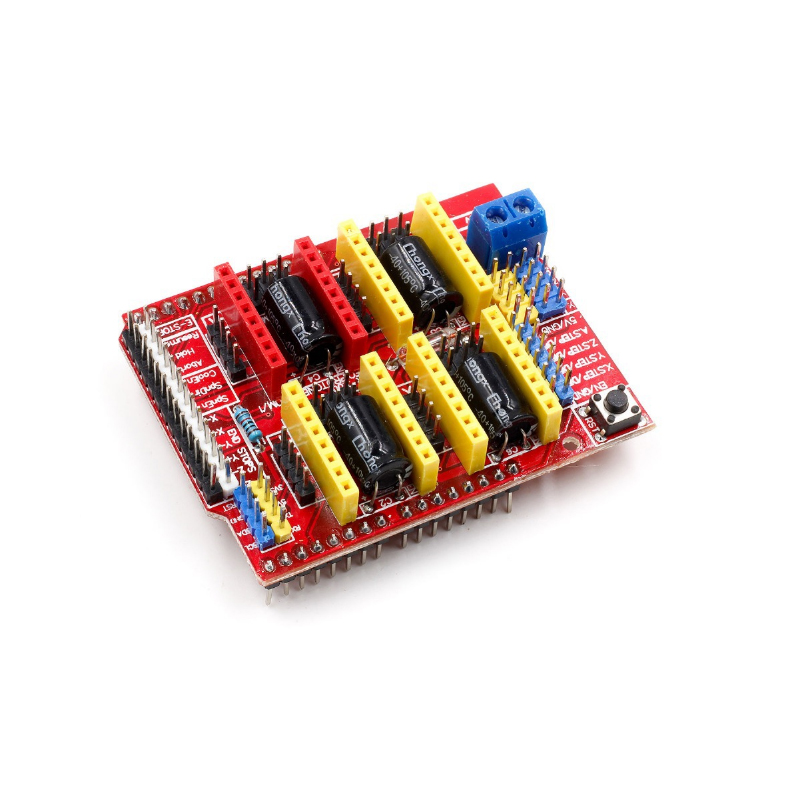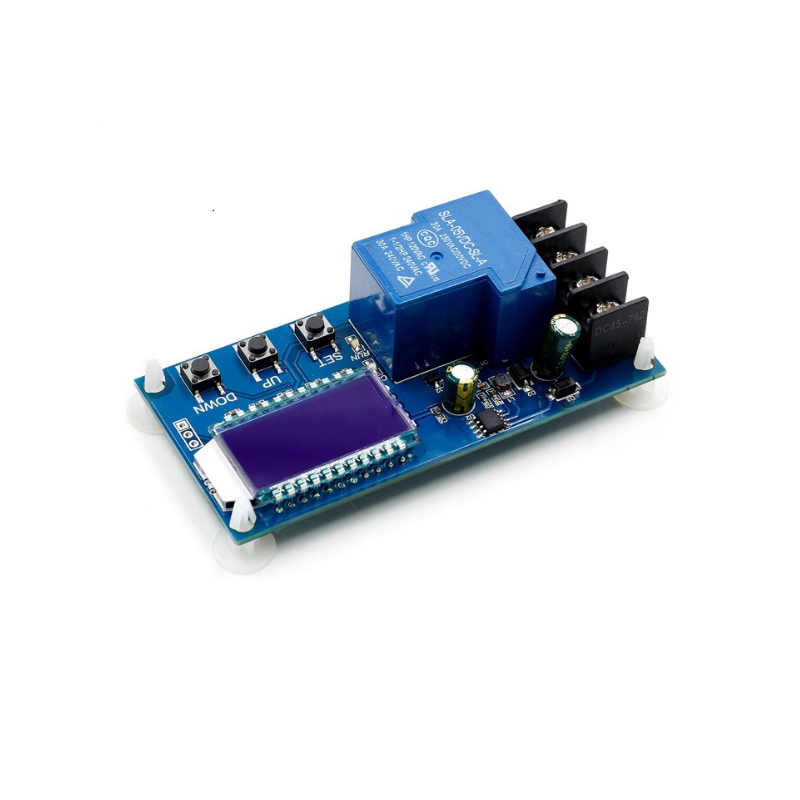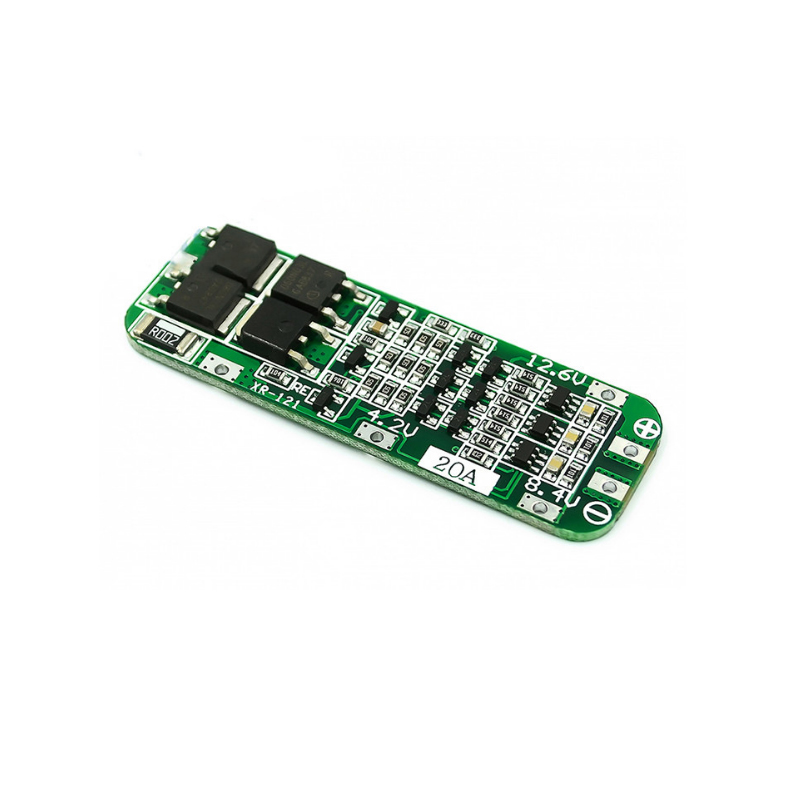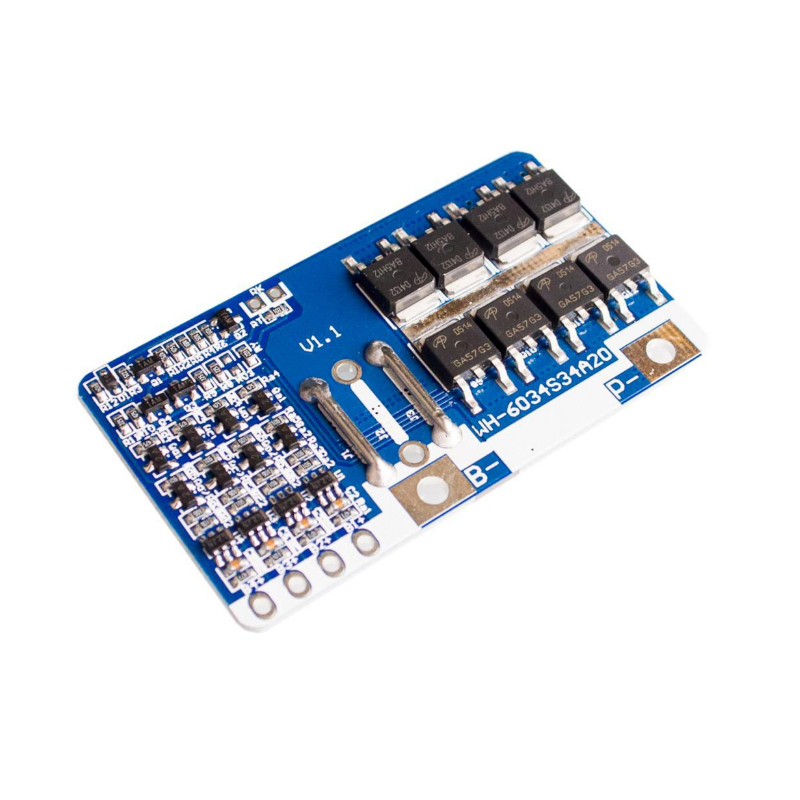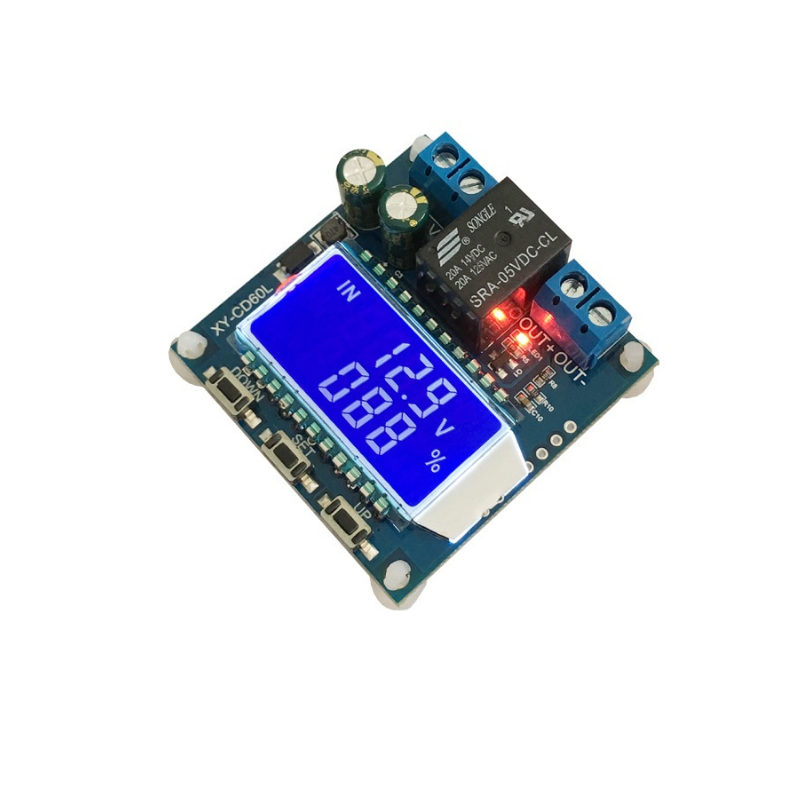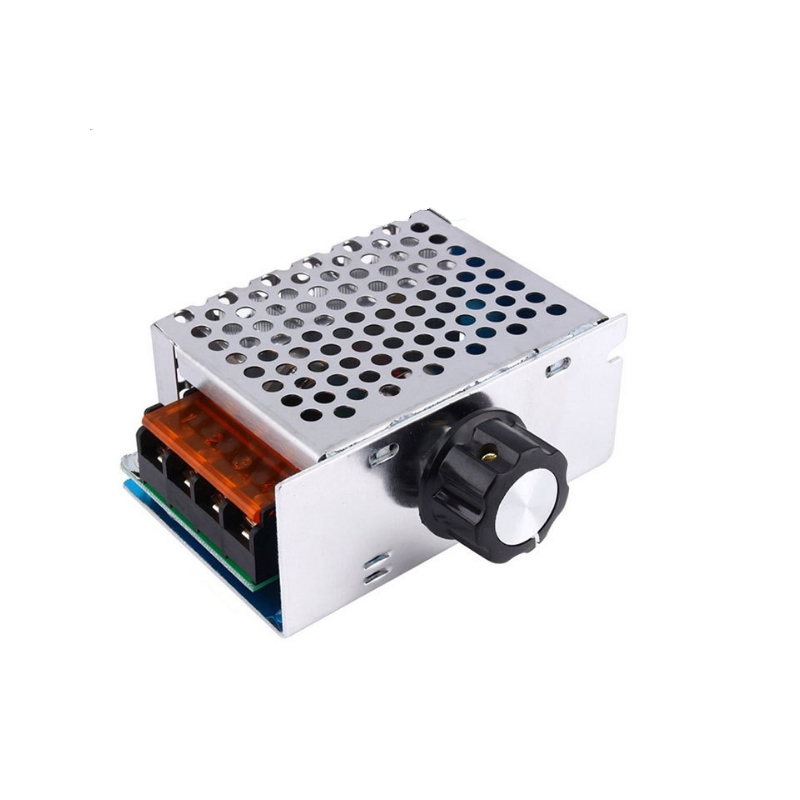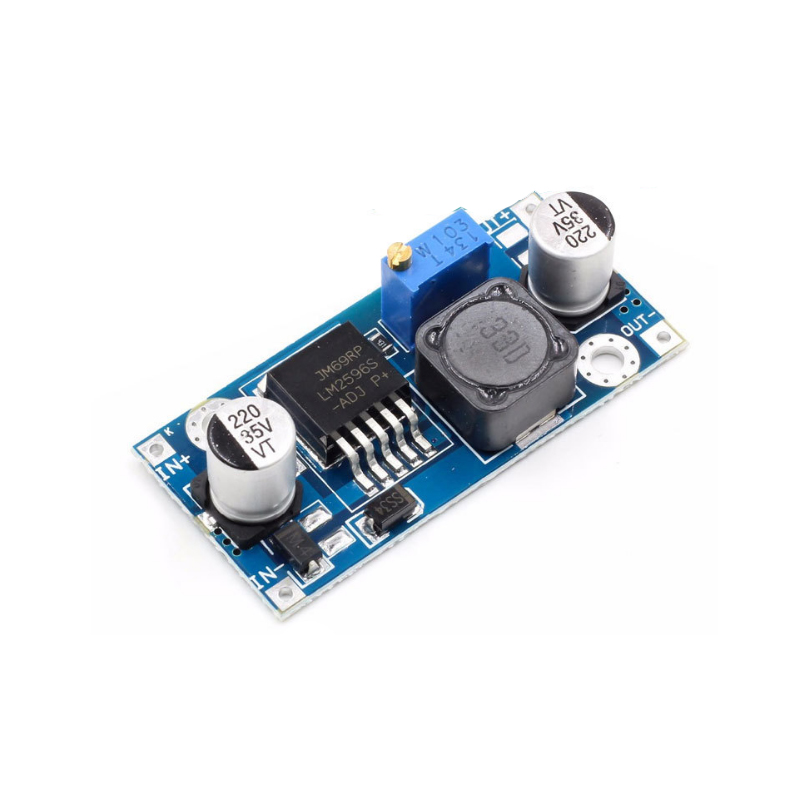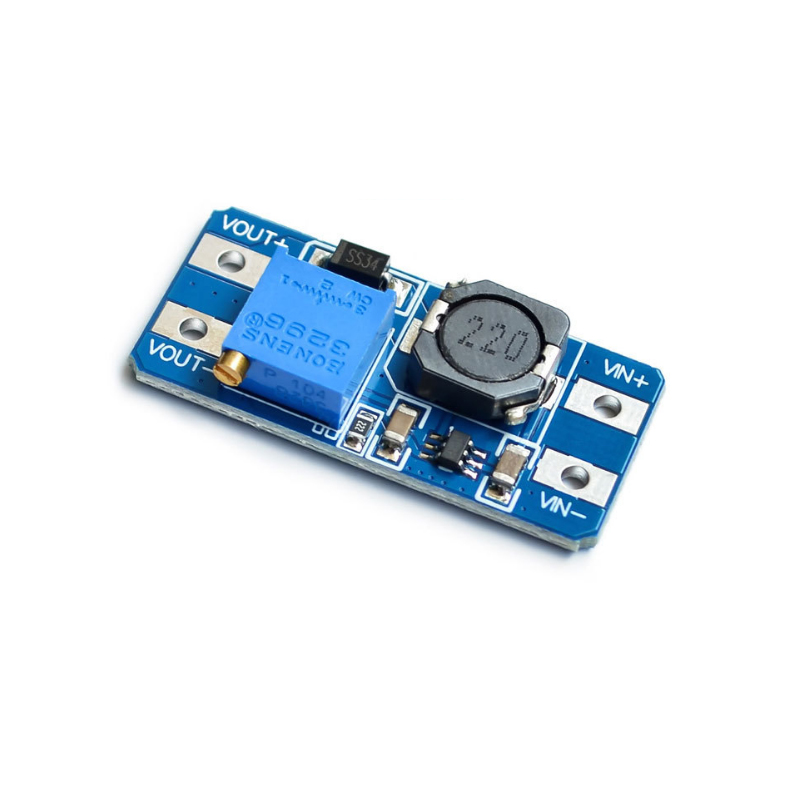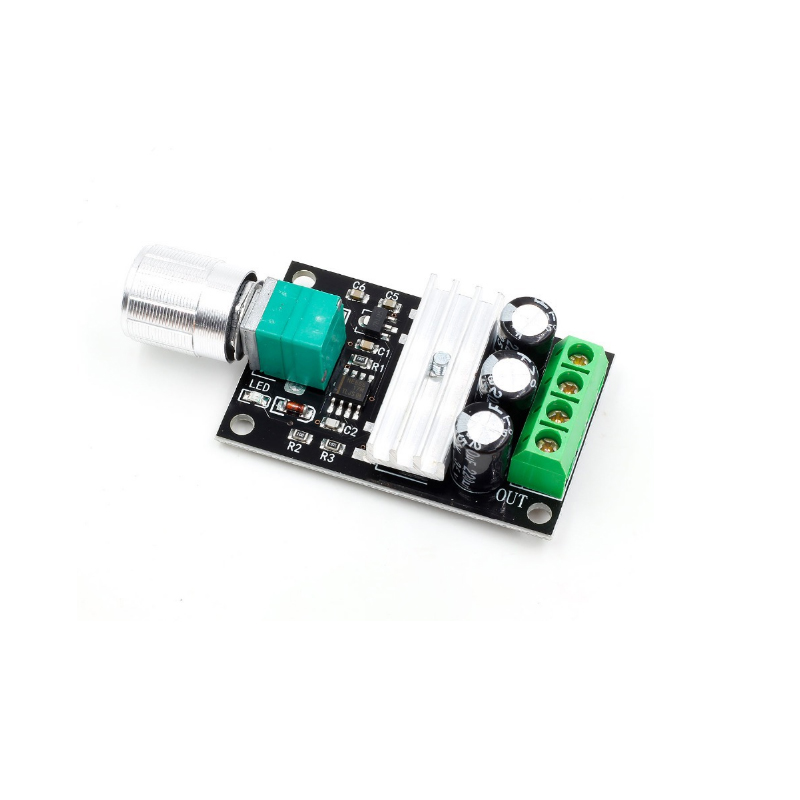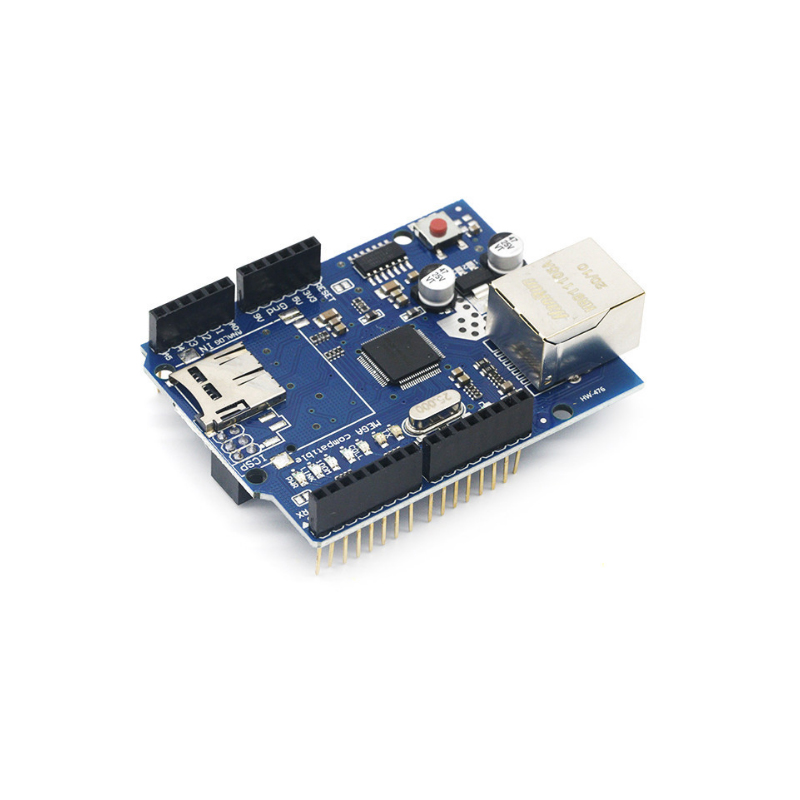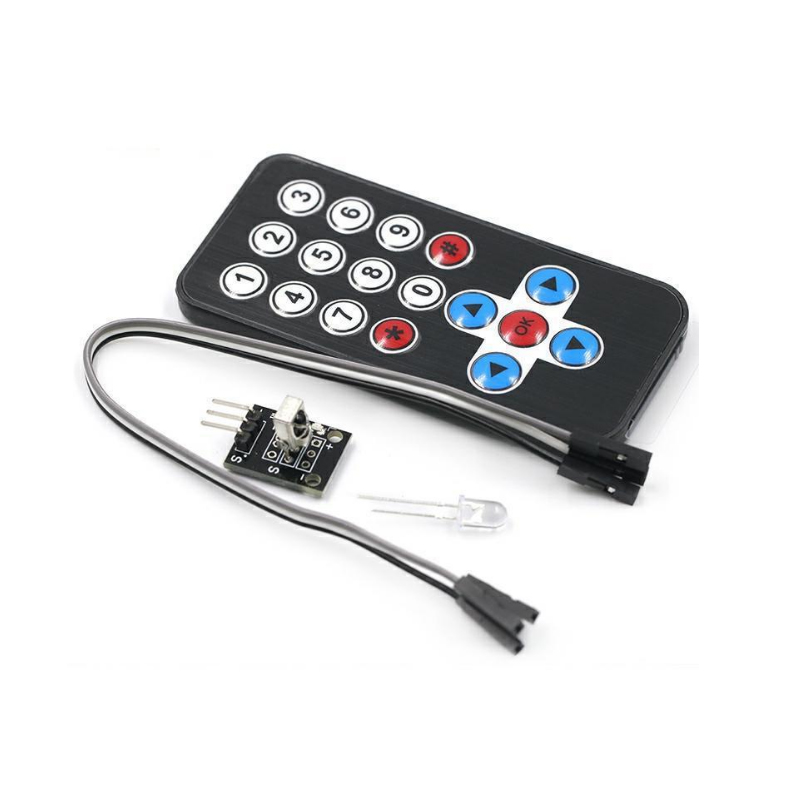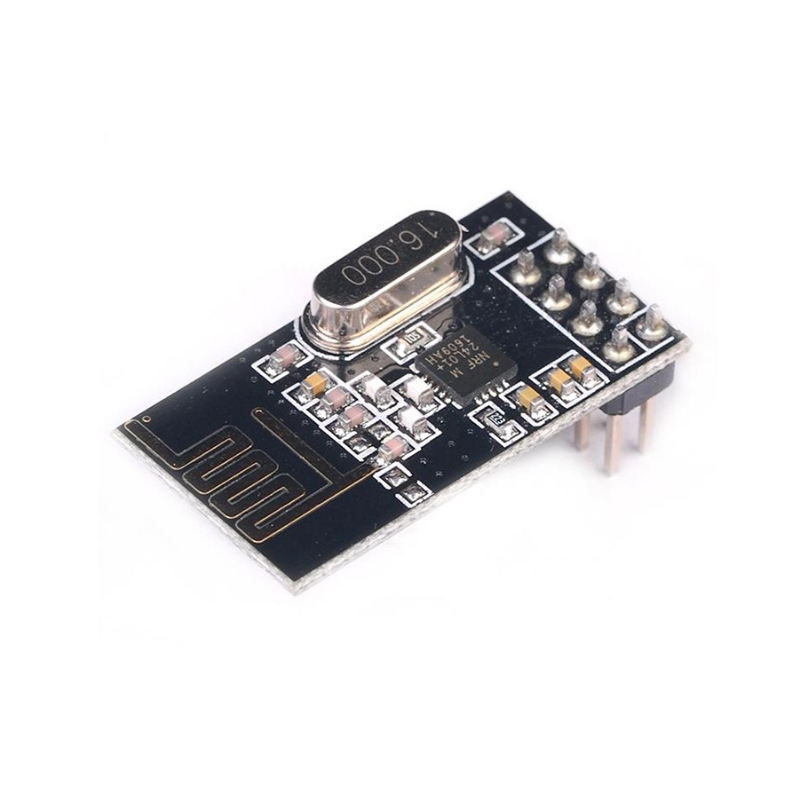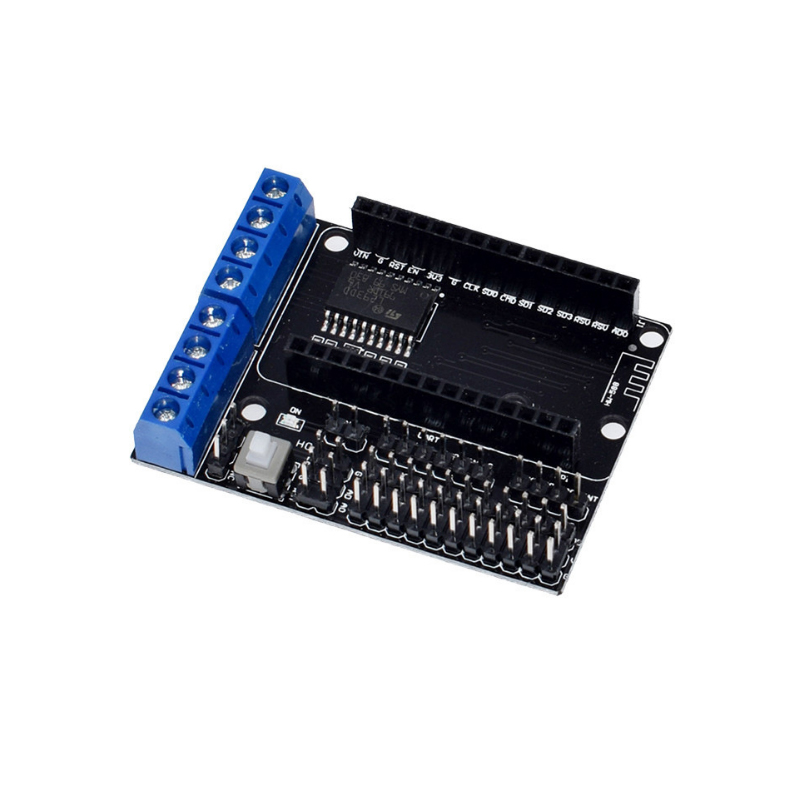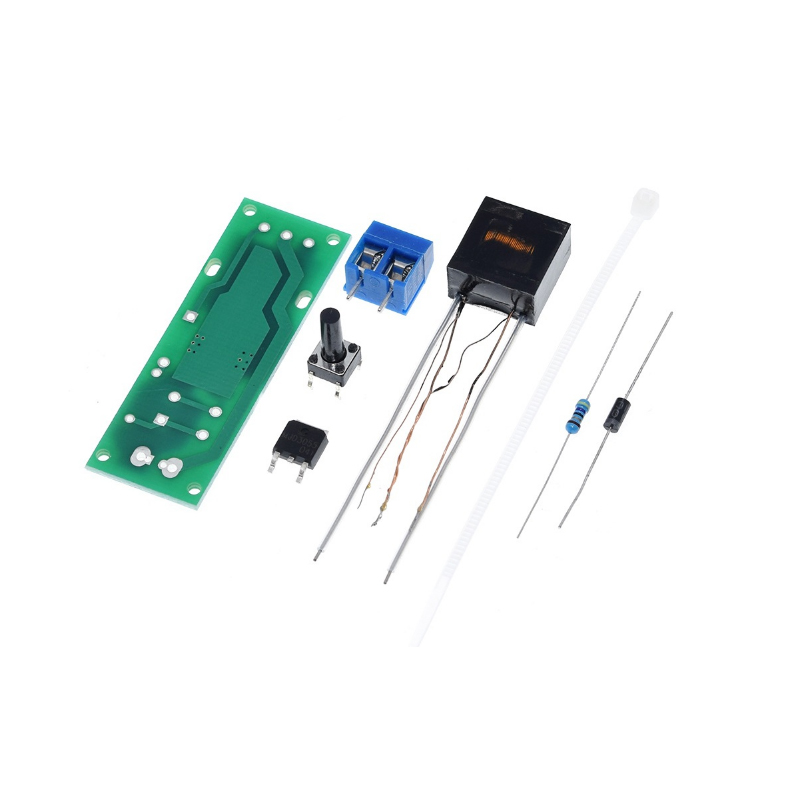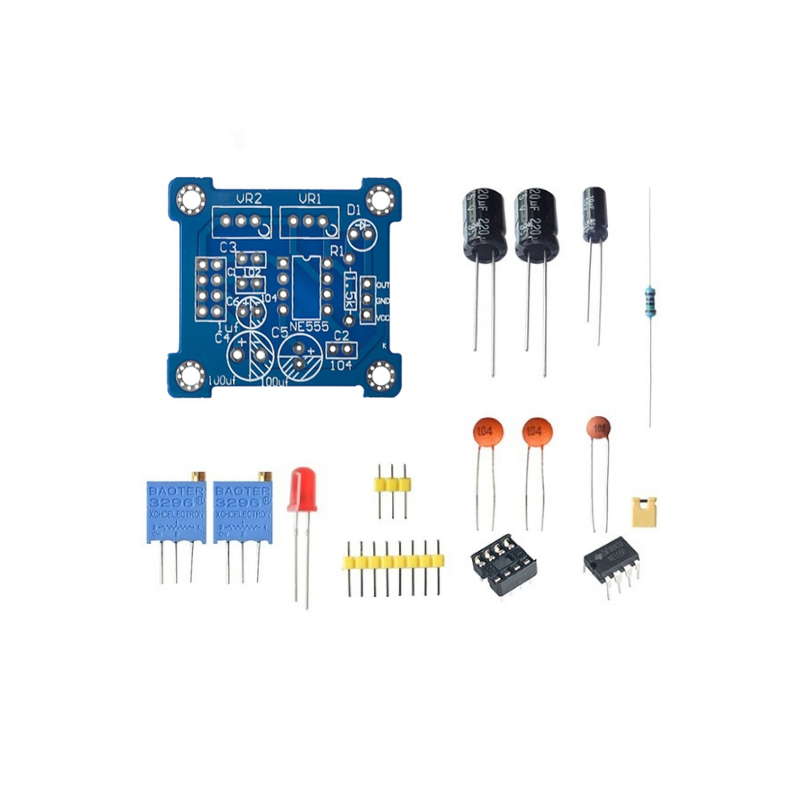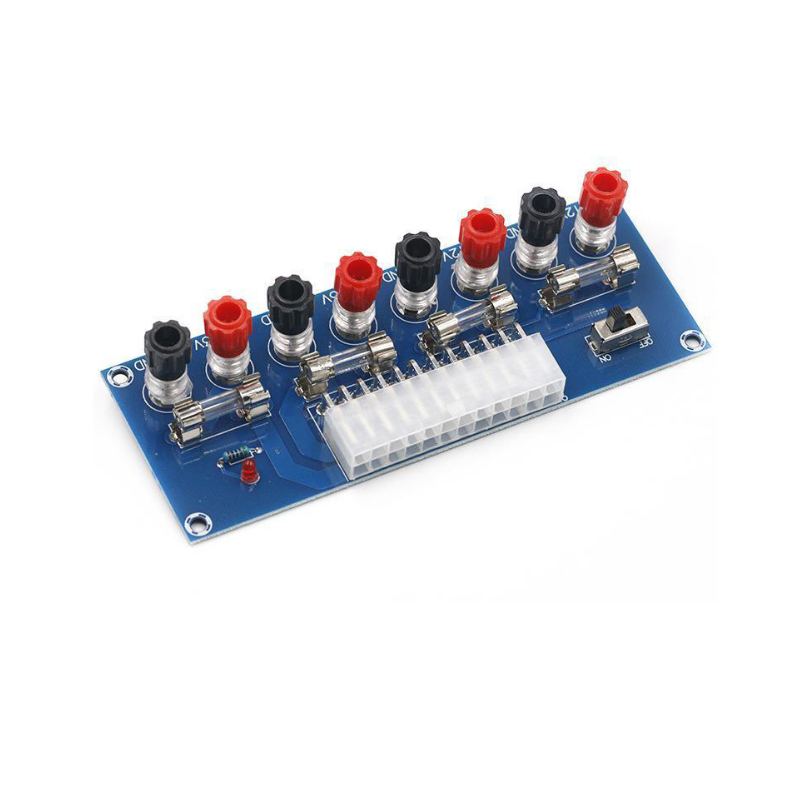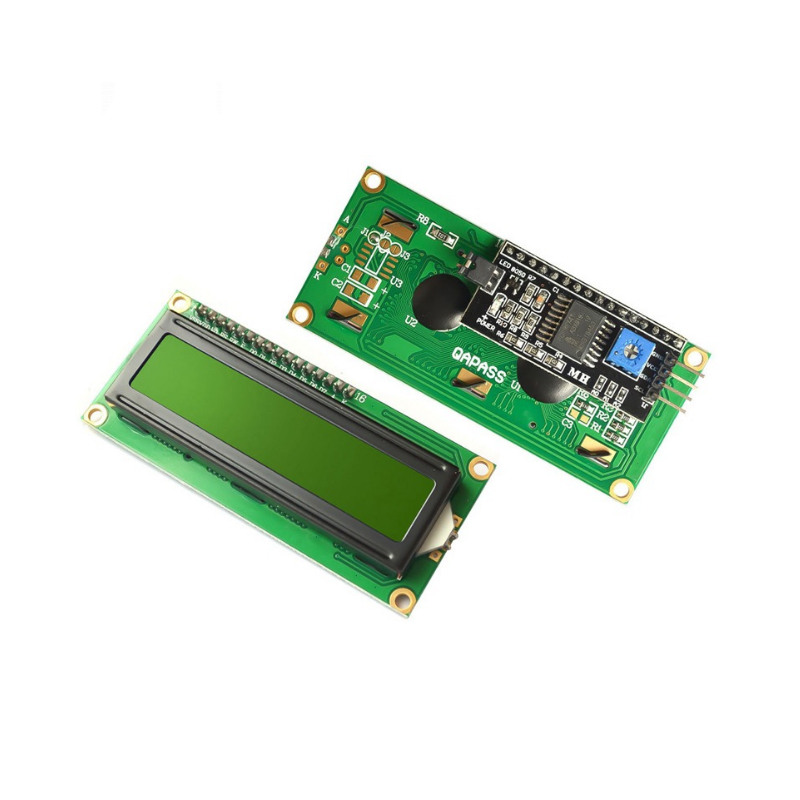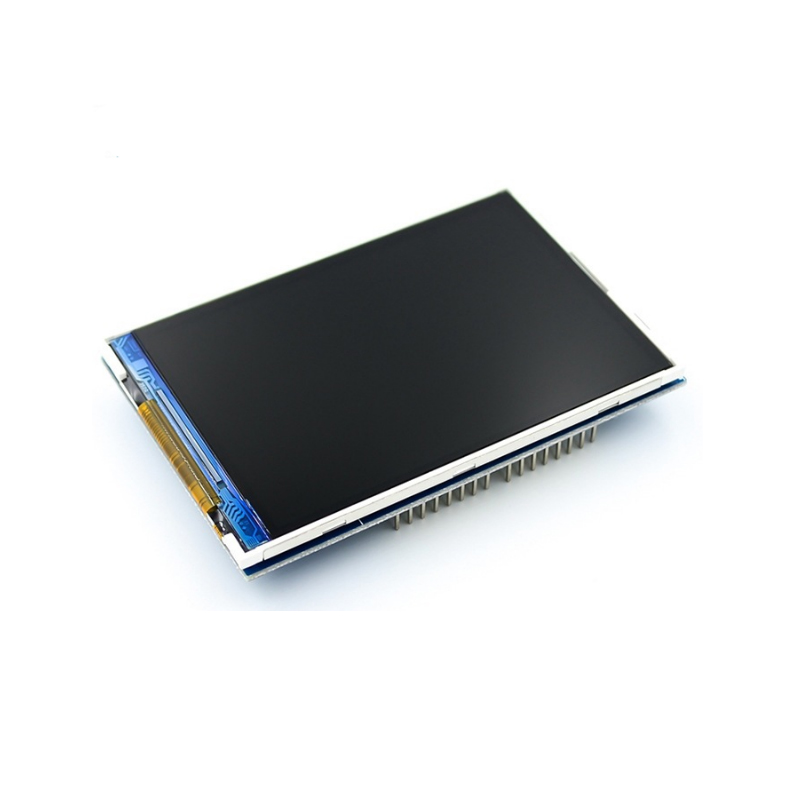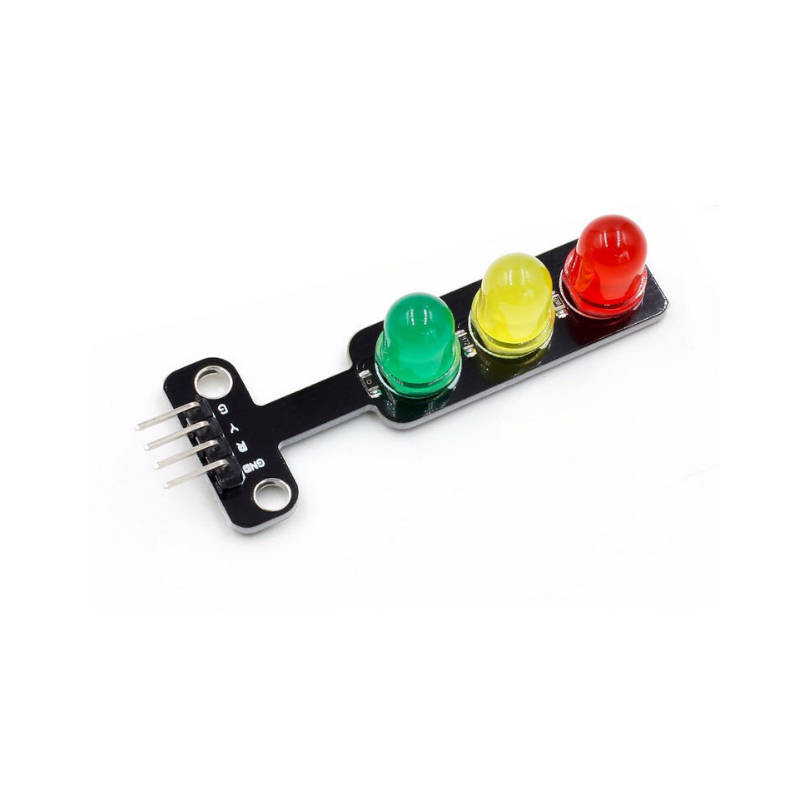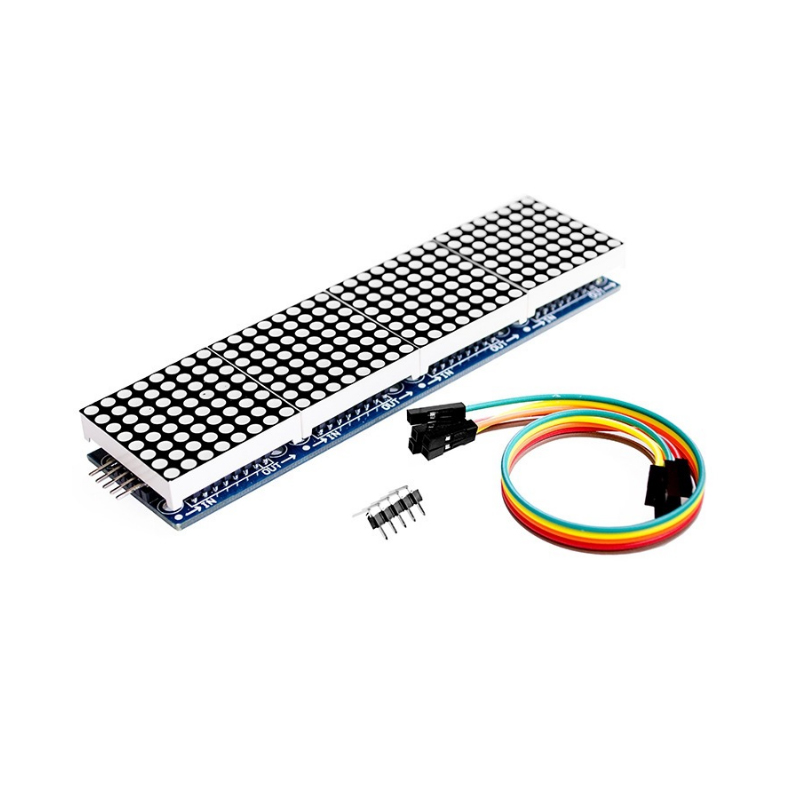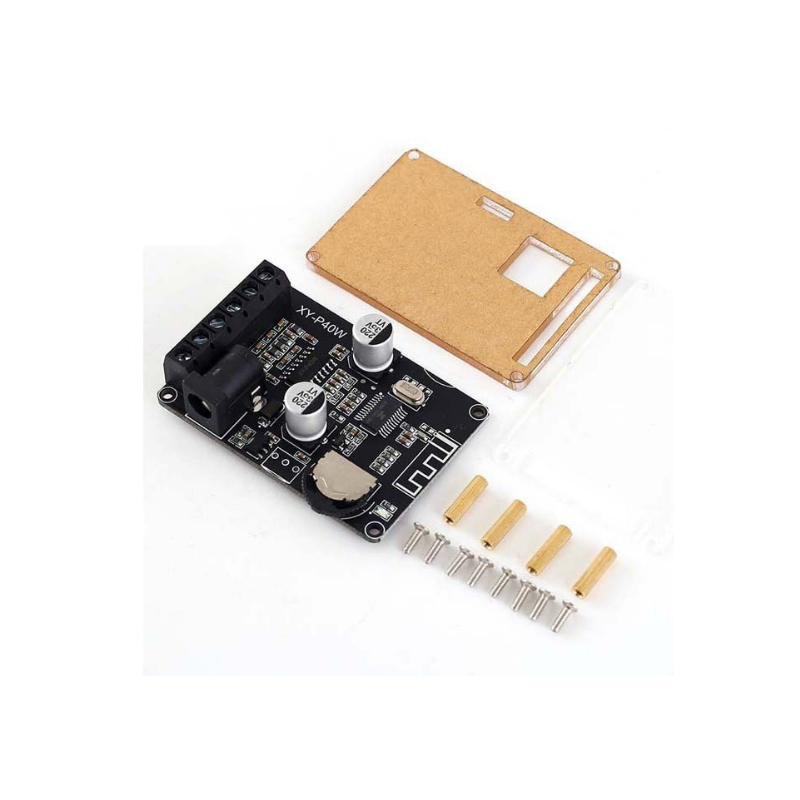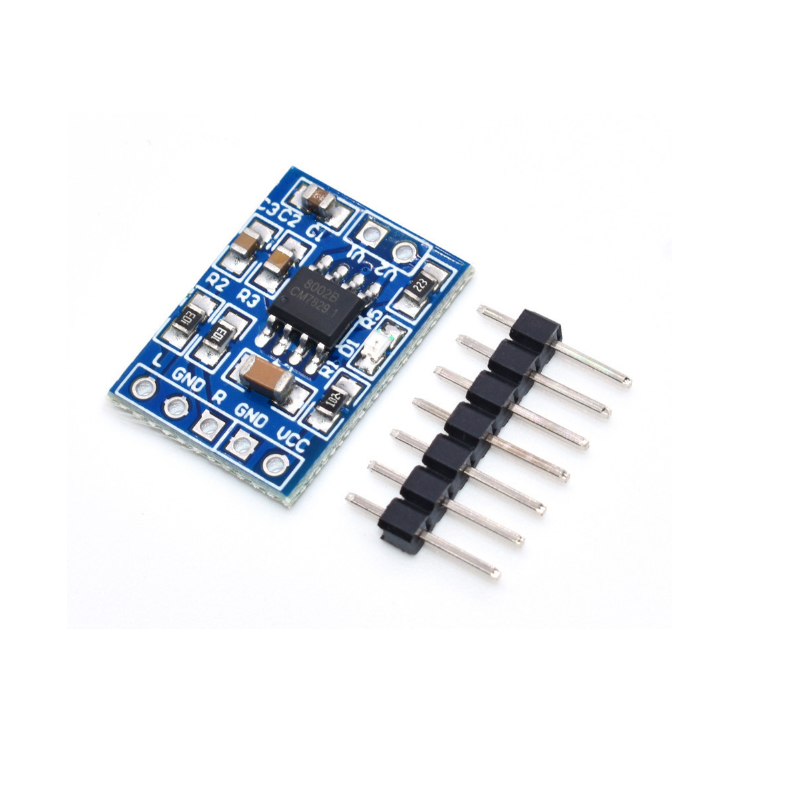What is a development board?DemoBoard?
Demo board is a circuit board used for embedded system development, including a series of hardware components such as CPU, memory, input device, output device, data path / bus and external resource interface. In the general embedded system development process, the hardware is generally divided into two platforms, one is the development platform (host) and the other is the target platform (target), that is, the development board. The development platform described here refers to the use of a computer to connect with the target platform through a transmission interface, such as serial port (RS-232), USB, parallel port, or network (Ethernet).Universal Demo Board (Evaluation Kit).
The development board is generally customized by embedded system developers according to development needs, and can also be researched and designed by users. The development board is for beginners to understand and learn the hardware and software of the system. At the same time, some development boards also provide basic integrated development environment, software source code and hardware schematic diagram. Common development boards include 51, arm, FPGA and DSP development boards.
Development board classification:
singlechip:
1) 51 series single chip microcomputer
51 single chip microcomputer has many models. 8031 / 8051 / 8751 are the early products of Intel, while ATMEL's AT89C51 and AT89S52 are more practical. ATMEL's 51 series also includes AT89C2051, AT89C1051 and other varieties. These chips are a simplified version formed after streamlining some functions on the basis of AT89C51. The chips with sufficient supply in the market include ATMEL's 51 and 52 chips, Hyundai's gms97 series, Winbond's 78e52, 78E58, 77e58, etc.
2) Pic Series MCU
We can see the wide application of PIC MCU in various fields from computer peripherals, home appliance control, telecommunications, intelligent instruments, automotive electronics to financial electronics all over the world. Pic Series MCU is divided into: basic level series, such as PIC16C5X, which is suitable for the selection of various household appliances with strict cost requirements; Intermediate series, such as pic12c6xx, which has high performance, such as internal A / D converter, E2PROM data memory, comparator output, PWM output, I2C and SPI interfaces; Pic intermediate series products are applicable to the design of various high, medium and low-grade electronic products. Advanced series, such as pic17cxx, has rich I / O control functions, and can be externally connected with extended EPROM and ram. It is suitable for high-grade and medium-grade electronic equipment.
3) AVR Series MCU
AVR MCU is an enhanced RISC (reduced instruction set CPU) reduced instruction set high-speed 8-bit MCU with built-in flash developed by ATMEL company in 1997. AVR MCU can be widely used in computer external equipment, industrial real-time control, instrumentation, communication equipment, household appliances and other fields.
4) Arm development board
ARM9 development board
Arm development board is an embedded development board based on ARM core chip, including three series of cores: ARM7, ARM9, ARM11, Cortex-M, cortex-a and cortex-r. its main characteristics are fast speed, unified library files and conducive to development. Including ATMEL, NXP, St, Freescale and other chips, they have launched chips based on ARM core and corresponding development boards.
CPLD/FPGA
CPLD (complex programmable logic device) is a complex programmable logic device developed from pal and gal devices. Relatively speaking, it has large scale and complex structure, and belongs to the scope of large-scale integrated circuits. It is a digital integrated circuit in which users construct logic functions according to their own needs. The basic design method is to generate the corresponding target file with the help of the integrated development software platform, schematic diagram, hardware description language and other methods, and transfer the code to the target chip through the download cable ("in system" programming), so as to realize the designed digital system.
Many companies have now developed CPLD programmable logic devices. The typical products are the products of Altera, lattice and Xilinx, three authoritative companies in the world. Here are the commonly used chips: Altera EPM7128S (plcc84), lattice lc4128v (tqfp100) and Xilinx xc95108 (plcc84)
FPGA is the abbreviation of English field programmable gate array, that is, field programmable gate array. It is the product of further development on the basis of programmable devices such as pal, gal and CPLD. It appears as a semi custom circuit in the field of application specific integrated circuits (ASIC). It not only solves the shortcomings of custom circuits, but also overcomes the shortcomings of the limited number of programmable gate circuits.
There are many kinds of FPGA, including XC series of Xilinx, TPC series of TI company, FIEX series of Altera company, etc.
DSP
DSP (digital signal processor) is a unique microprocessor, which processes a large amount of information with digital signals. Its working principle is to receive analog signals, convert them into digital signals of 0 or 1, modify, delete and strengthen the digital signals, and interpret the digital data back to analog data or actual environment format in other system chips. It is not only programmable, but also has a real-time running speed of tens of millions of complex instructions per second, which is far more than the general microprocessor. It is an increasingly important computer chip in the digital electronic world. Its powerful data processing capability and high running speed are the two most commendable features.
The mainstream DSP chips mainly include Ti 2000 series, Ti 5000 series, Ti 6000 series of TI company and Adi DSP series of ADI company.
ARM
Arm, the abbreviation of advanced rismachines, is a general term for a class of microprocessors Arm is also a well-known enterprise in the microprocessor industry. It has designed a large number of RISC processors, related technologies and software with high performance, low cost and low energy consumption. The technology has the characteristics of high performance, low cost and low energy consumption. It is suitable for many fields, such as embedded control, consumer / educational multimedia, DSP and mobile applications.
The mainstream of arm is divided into the following categories:
ARM7TDMI for Game Boy Advance, Nintendo DS, iPod
Arm9tdmi armadillo, gp32, gp2x (the first kernel), tapwave zodiac (Motorola. MX1); Gp2x (second kernel)
ARM9E Nintendo DS,NokiaN-GageConexant 802.11 chips; ST Micro STR91xF,
ARM11 Nokia N93,Zune,Nokia N800,NOKIA E72
Cortex Texas Instruments OMAP3ï¼› Broadcomis a userï¼› Lunar micro [3] microcontroller family
MIPS
MIPS is a very popular RISC processor in the world. MIPS means "microprocessors without interlocked piped stages". Its mechanism is to try to use software methods to avoid data related problems in the pipeline.
MIPS was first developed by a research team led by Professor Hennessy of Stanford University in the early 1980s. R series of MIPs company is the microprocessor of RISC industrial products developed on this basis. These series of products are used by many computer companies to form various workstations and computer systems.
It can be said that MIPS is the best selling RISC CPU. MIPS products can be seen selling from anywhere, such as Sony, Nintendo game consoles, Cisco routers and SGI supercomputers. Compared with Intel, MIPs licensing fee is relatively low, which is adopted by most chip manufacturers except Intel. After that, MIPs changed its strategy and began to focus on embedded systems, successively developing high-performance and low-power 32-bit processor core mips324kc and high-performance 64 bit processor core MIPS64 5kc. In 2000, MIPs released the version for mips32 4kc and 64 bit MIPS 64 20KC processor core.
Mips32 4kctm processor is a high-performance, low-voltage 32-bit MIPS RISC core specially designed for system-on-a-chip using MIPS technology.
MIPS 64 20KC has strong floating-point capability and can form different systems, from octane workstation with one processor to origin 2000 server with 64 processors; This CPU is more suitable for graphics workstations. The latest r12000 chip of MIPs has been applied in SGI server, and its main frequency can reach 400MHz at most.
MIPS K series microprocessor is one of the most used processors second only to arm (MIPs was the most used processor in the world before 1999). Its application fields cover game consoles, routers, laser printers, handheld computers and other aspects. In addition to the small proportion of MIPs applications in mobile phones, MIPs has achieved quite good results in the general digital consumer, network voice, personal entertainment, communication and business application markets. The most widely used should be home audio-visual appliances (including set-top boxes), Netcom products and automotive electronics.
PPC
PowerPC is a central processing unit (CPU) with reduced instruction set (RISC) architecture. Its basic design comes from IBM's power (performance optimized with enhanced RISC; IBM connect electronic news translated as "enhanced RISC performance optimization" in August 2007). In the 1990s, IBM (International Business Machine Corporation), apple (Apple) and Motorola (Motorola) successfully developed PowerPC chip and manufactured multi processor computer based on PowerPC. PowerPC architecture is characterized by good scalability, convenience and flexibility.
PowerPC processors have a wide range of implementations, from high-end server CPUs such as power4 to the embedded CPU market (Nintendo GameCube uses PowerPC). PowerPC processor has very strong embedded performance because of its excellent performance, low energy loss and low heat dissipation. In addition to the integrated I / O like serial and Ethernet controllers, the embedded processor is very different from the "desktop" CPU. For example, 4xx series PowerPC processors lack floating-point operations, and also use a TLB controlled by software for memory management, rather than reverse page tables as in desktop chips.
NINGBO FBELE ELECTRONICS CO.,LTD.
FBELE company was founded in 1997, is China's leading manufacturer of acoustic and other electronic components, we designs,manufactures, distributes high quality products in very competitive price, bestservice, timely delivery, small order acceptable, etc. Our products include piezo ceramic element, piezoelectric buzzer, magnetic buzzer,speakers, transducer, receiver, electret condenser microphone, magnetic contact. Piezoelectric alarm,ultrasonic sensor,PZT ceramics,etc.
- Following 0
- Followers 0
- Send Msg


